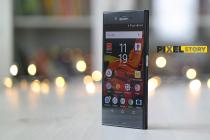Last year, Xiaomi unexpectedly rolled out the Mi Max tablet, which was very fond of users, despite its gigantic dimensions due to the use of a 6.44-inch screen. He won the hearts of buyers thanks to the excellent combination of price and productive stuffing. It was reasonable to expect that the second generation of the phablet will surpass the first in terms of characteristics. But it didn't quite work out that way. Yes, Xiaomi Mi Max 2 has received very important improvements, but, surprisingly, it is based on a weaker hardware platform. The model came out controversial, but no less interesting. Let's take a closer look at this novelty.
Packaging and equipment
The gadget is delivered in a white cardboard box, which is easy to design. Only the company logo and key technical specifications devices. Together with Xiaomi Mi Max 2, they put such a modest set in the package:
- charger for 5V/3A, 9V/2A, 12V/1.5A;
- USB-C cable;
- SIM tray opening needle;
- paper.
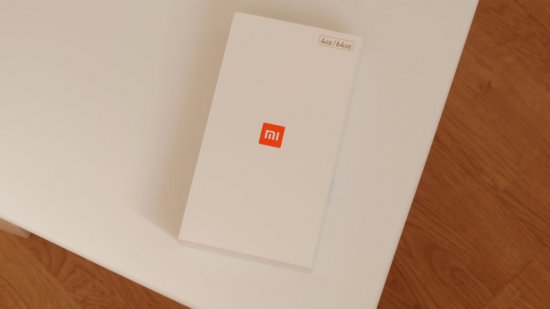
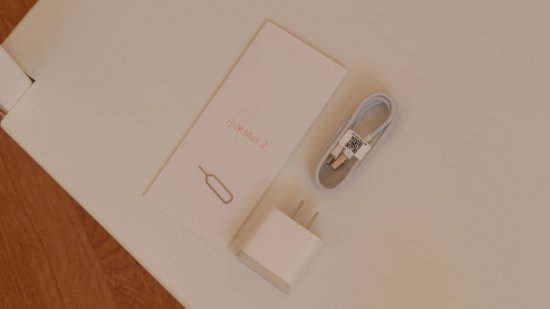
Appearance and materials Mi Max 2
The Chinese "giant" is dressed in a solid metal body. Unlike last year's Mi Max, the freshly baked phablet does not have ugly plastic inserts on the back surface. To output the antennas, thin seams are now used, but not simple, but gracefully curved. Thanks to this decision of the designers, the device began to look more beautiful. Ergonomic properties have also improved, since the back cover is endowed with smooth rounded edges. The Mi Max 2 feels more comfortable to hold than its predecessor. The tactile feel of the body material is also better. The smartphone is comfortable when used with two hands, in which case there are no inconveniences. It is available to customers only in golden color, where the front is white. The product weighs 211 grams and measures 174 x 88.7 x 7.6 mm.
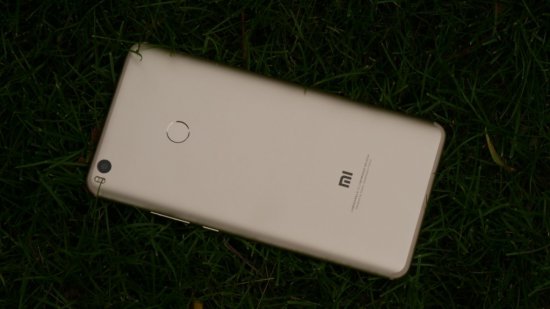
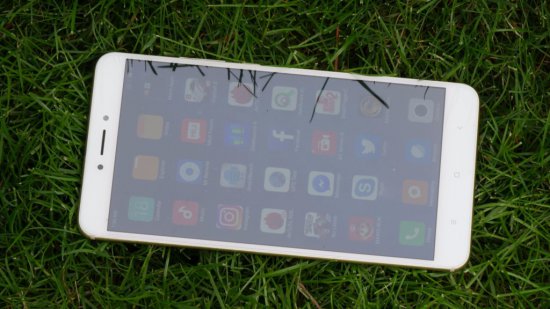
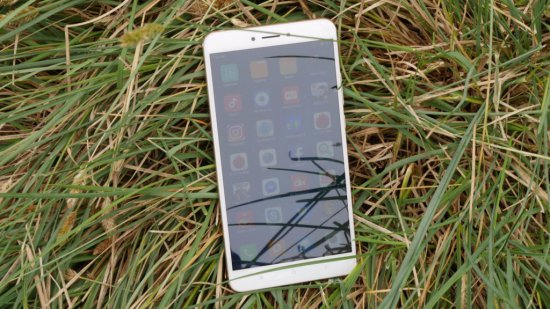
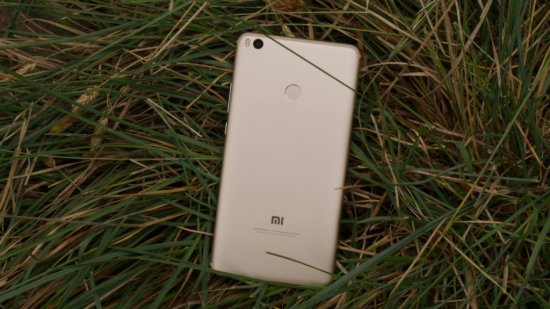
The entire front surface is occupied by scratch-resistant glass with a 2.5D rounding, Gorilla Glass 4 technology is announced. As usual, a trio of touch-sensitive soft buttons are placed under the screen, they are equipped with backlight. The upper part of the “front end” is given over to the ear speaker, selfie camera window, sensors and an LED signaling missed messages. The circle of the fingerprint determinant is inscribed in the rear plane, which is higher than we would like. In the left upper corner the camera lens is visible, and next to it there is a two-color LED-backlight. The lower edge carries a multimedia speaker and a microphone, while the upper edge carries an infrared port, a 3.5 mm jack and a noise suppressor hole. The controls for turning on/off and adjusting the volume are placed on the left side, while the nanoSIM + microSIM hybrid tray is on the right.
Display
The device can become a full-fledged replacement for a small tablet, since the screen here is far from small. It is very large - 6.44 inches, as in the previous model. At first glance, the screen quality remains unchanged. All the same IPS-matrix showing us Full resolution HD with a pixel density of 342 ppi. If you look closely, you can see both positive and negative points. The black bar around the perimeter of the screen has become thinner by 53 percent, it is no longer annoying. But you can complain about the viewing angles, with a strong tilt there is an inversion of colors. A white shade, for example, turns from normal to yellowish. But you can deal with it ordinary user will not notice this. There is an eye protection mode, as well as interactive color temperature adjustment. Brightness and contrast are good.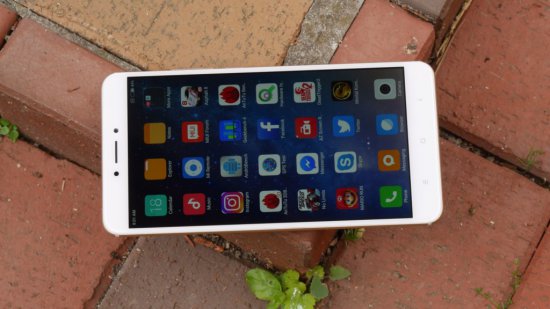
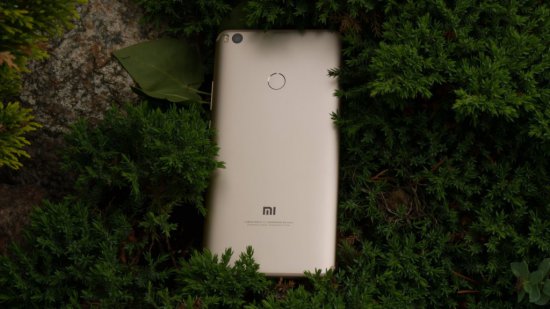
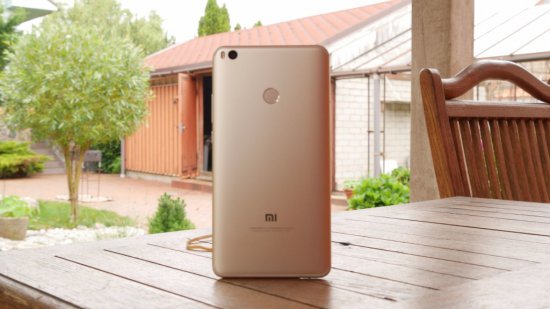
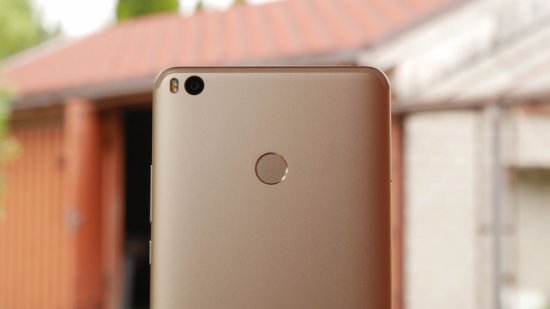
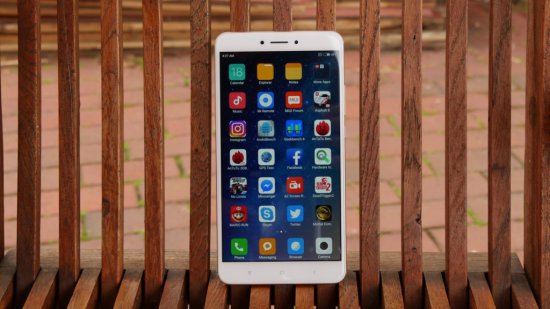
Specifications Xiaomi Mi Max 2
Tablet operation depends on . All 8 Cortex-A53 cores in it operate at a frequency of 2 GHz. The graphic component is processed by the Adreno 506 module. This is not quite the filling that was expected. Many hoped to see the next-generation Snapdragon 660 chipset in the Mi Max 2, but the reality dashed these hopes. The newcomer is inferior to its predecessor in power by 25 percent, and this is a lot. But the 625th has one significant advantage - it is better in terms of energy efficiency, you can’t take that away from it. Two modifications of the device are proposed, they differ only in the amount of flash storage. You can choose a version with both 128 and 64 GB of memory. RAM is the same - 4 GB.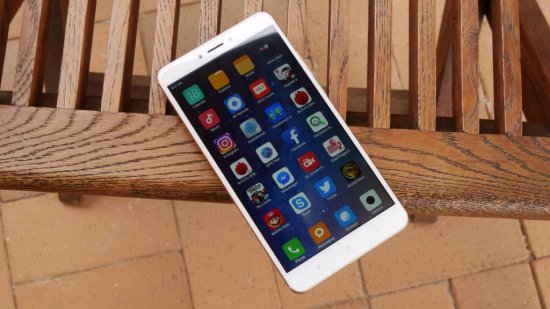
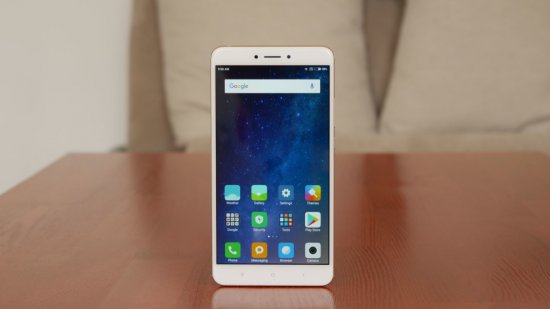
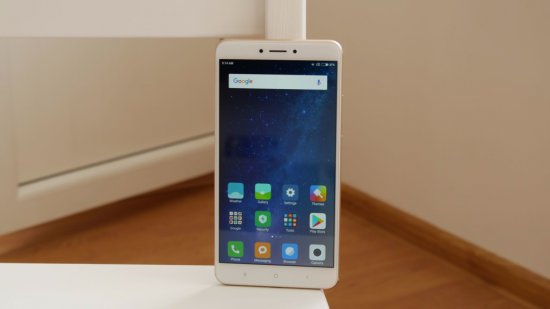
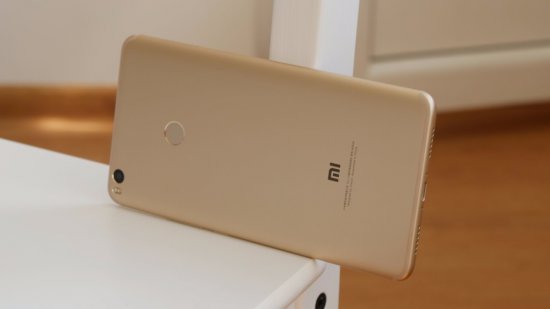
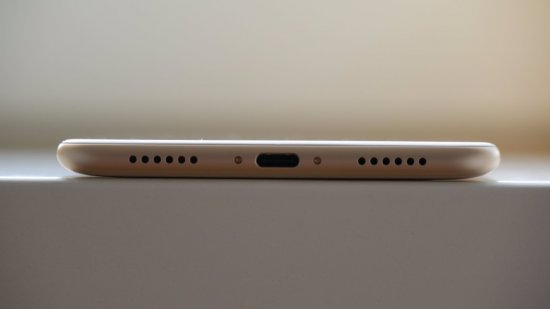
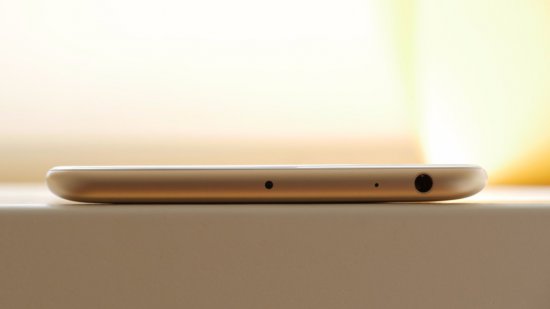
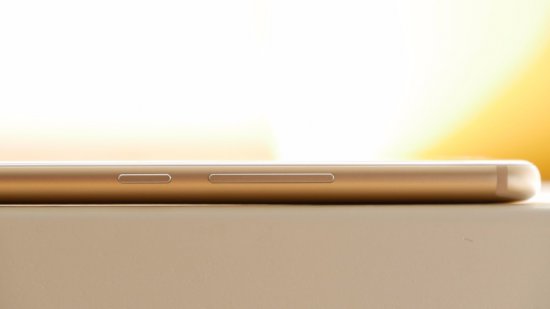
Performance and benchmarks
The processor here is not the most powerful, but provides comfortable work in tasks that are not too resource-demanding. However, gamers should not be upset, it is difficult to call Xiaomi Mi Max 2 a weakling. Heavy games are also up to him, only the graphics settings need to be lowered a little. The accelerator is still important no less than the central processor. The result in AnTuTu is 62,765 points. In Geekbench, the smartphone scores 859 points in the single-core test and 4190 in the multi-core mode.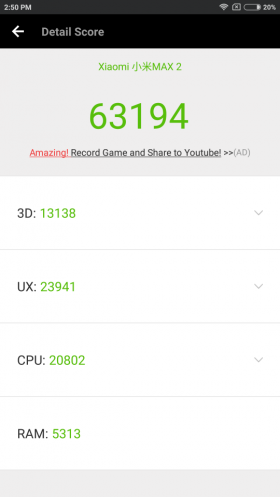
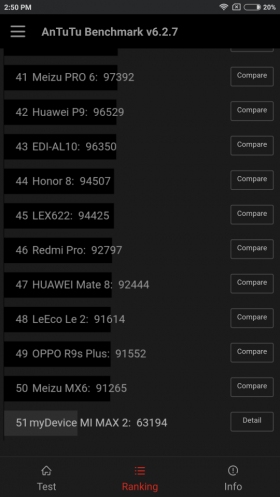
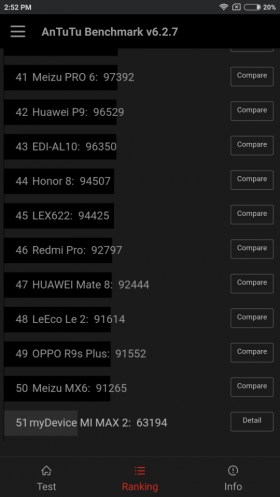
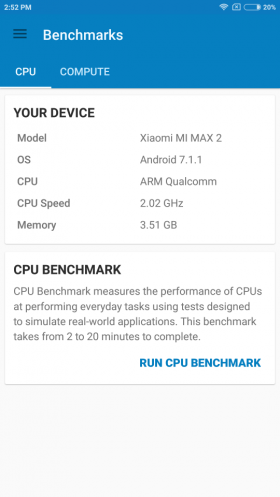
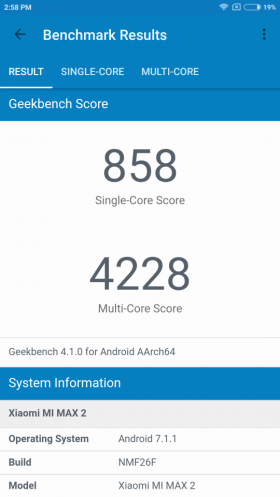
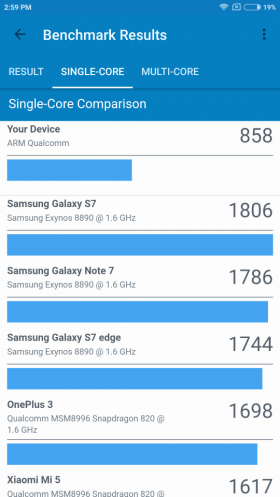
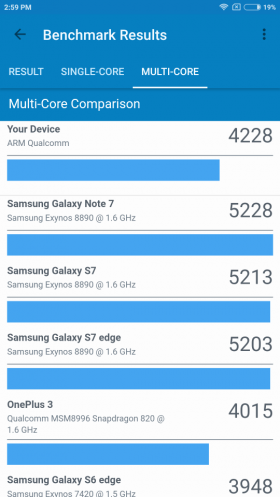
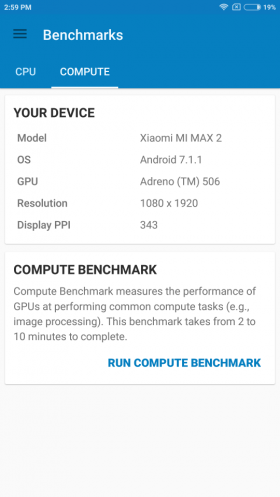
Communication, sound and sensors
The phablet is armed with communication tools such as Bluetooth 4.2, Wi-Fi dual-band, GPS and GLONASS. As a navigator, he does his job perfectly. There is an NFC module for making payments, as well as an IR emitter. Supports 4G frequencies that take place in our country. When talking with the interlocutor, no problems were found, the voice is transmitted correctly. It is worth mentioning the presence OTG functions, thanks to this, you can not only use external drives, but also charge other devices. There is a gyroscope, a finger scanner, a magnetometer and an accelerometer.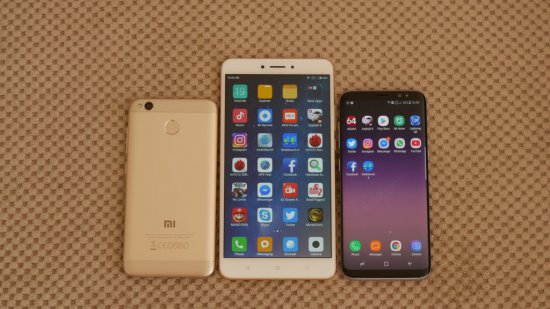
The manufacturer promised stereo sound. There is a certain volume effect, but this is not quite the same. In conjunction with the main speaker, the speaker works. If there are no complaints about the first, then the second disappoints with distortions at maximum volume. But the volume here is more than enough, you definitely will not miss an incoming call.
Mi Max 2 battery life
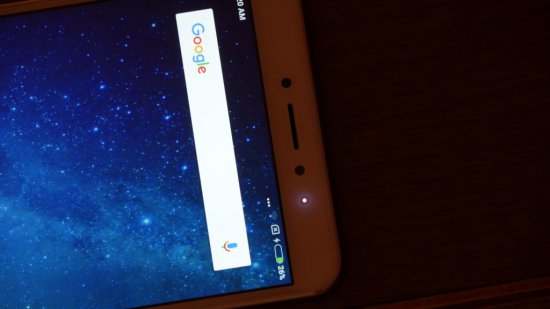
The trump card of the model is a battery with 5300 mAh. In this regard, Mi Max 2 surpasses its predecessor. We can hope for two days of intensive use, especially since the hardware consumes energy sparingly. If you watch video at half brightness without stopping, the battery lasts 16 hours. It also lasts for about 7 hours in game mode. Despite the impressive battery capacity, it charges in just 2 hours and 30 minutes. Contributes to this technology Quick Charge 3.0, responsible for fast charging.
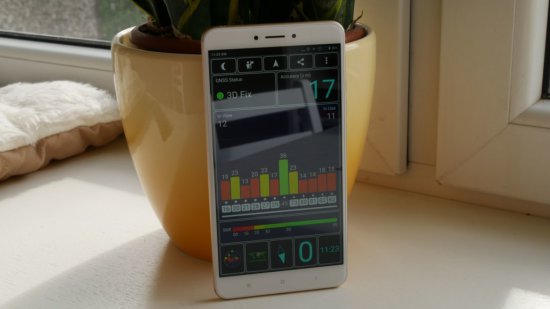
Interface and cameras
Nothing special Xiaomi Mi Max 2 in part software does not stand out, although some interesting "chips" could be added to such a very large display. While the MIUI 8.2 add-on meets the user, Android 7.1.1 Nougat is completely hidden under it. In the future, an update to MIUI 9 is expected, where the functionality will expand. For example, they promise split screen which this smartphone really needs. It remains only to wait.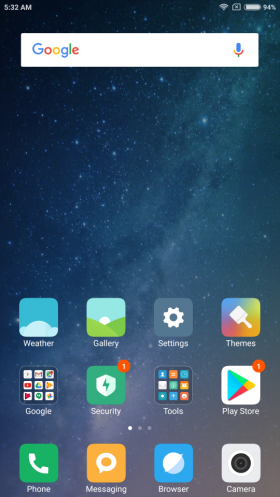
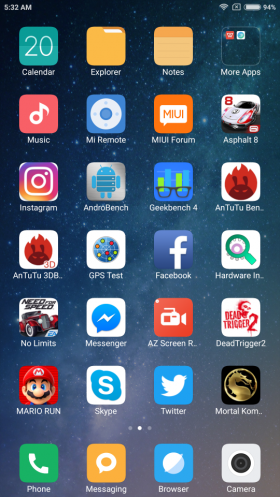
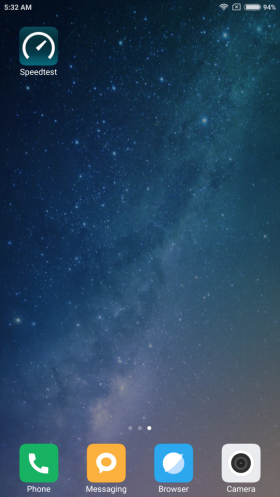
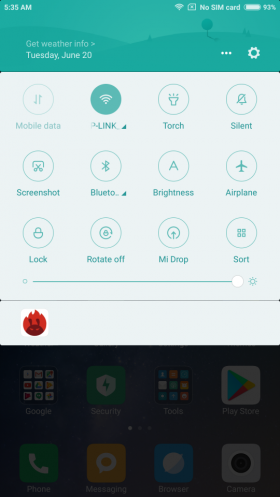
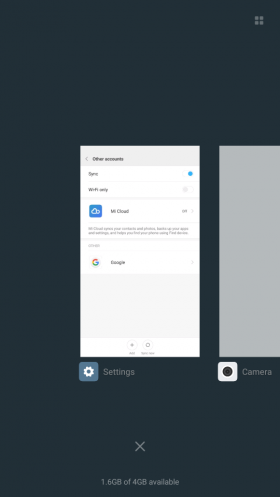
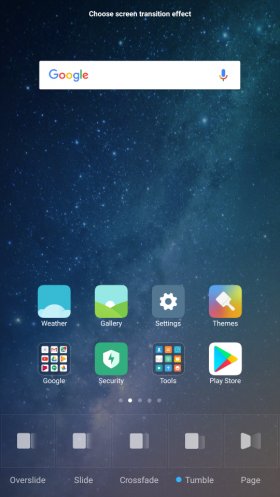




The novelty pleasantly surprised not only with its autonomy, but also with the installed main 12-megapixel camera. Thanks to the Sony IMX386 sensor, which, by the way, is also equipped with Xiaomi flagship Mi6, the device is able to create great pictures. The module is endowed with f / 2.2 aperture. Complemented by phase detection autofocus and image enhancement system in low light conditions. Since the lenses are of poorer quality, the result is somewhat worse than in Mi6. The footage comes out a little darker. But still, the hero of our review leaves a positive impression on the photographic part, especially when good lighting. On the front is a 5-megapixel camera with f/2.0 aperture. It is inferior to the main one, because it gives mediocre detail.
Conclusion
Pros of Xiaomi Mi Max 2:
- good build;
- excellent autonomy;
- affordable price;
- high-quality main camera;
- current OS version.
Cons of Xiaomi Mi Max 2:
- low-quality stereo sound;
- screen viewing angles;
- no dark color option;
- performance has decreased.
Or not. To be honest, I still can't decide. On the one hand, a 6.44-inch smartphone is a great help in consuming any kind of content (videos, toys, books, websites), and on the other hand, it is a huge shovel that tries to slip out of your hands at any moment. By the second day of operation, I was typing text on Mi Max with one hand using Swype (I usually use it) without problems. outside help managed the Twitter feed, but the feeling of concern that I was about to drop it still did not leave me. This smartphone leaves very mixed and even somewhat contradictory impressions, but let's talk about everything in order.
The text may contain and certainly contains grammatical, spelling, punctuation and other types of errors, including semantic ones. I do my best to ask readers to point out these errors and correct me through private messages.
▌Specifications
| Screen: | 6.44-inch IPS display with FHD (1920x1080) resolution; protective coating Corning GG 4; 2.5D shape (rounded edges); oleophobic coating |
| Body materials: | metal back with plastic inserts on top and bottom |
| CPU: | six-core Qualcomm Snapdragon 650 (two Cortex-A72 1.8GHz and four Cortex-A53 1.4GHz) / Qualcomm Snapdragon 652 octa-core (four Cortex-A72 1.8GHz and four Cortex-A53 1.4GHz) |
| Graphic arts: | Adreno 510 (600 MHz) |
| Operating system: | MIUI 7 on Android based 6.0 |
| RAM: | 3/4 GB |
| User memory: | 32/64/128 GB + the ability to install a memory card up to 128 GB instead of nanoSIM |
| Camera: | 16 MP (f/2.0 aperture), autofocus, LED flash; front-camera 5 MP, also f/2.0, FOV 85° |
| Network support: | GSM/EDGE (850/900/1800/1900MHz), CDMA 1X/CDMA2000: BC0, WCDMA (850/900/1900/2100MHz), TD-SCDMA, FDD-LTE (Band 1/3/7), TDD-LTE (Band 38/39/40/41), two slots for cards (micro-SIM + nano-SIM, radio module one) |
| Wireless technologies: | Wi-Fi 802.11 a/b/g/n/ac (dual band: 2.4 and 5 GHz), Bluetooth 4.2, GPS/GLONASS/BDS, A-GPS support, FM radio |
| Sensors: | fingerprint scanner, accelerometer, gyroscope, digital compass, distance and light |
| Additionally: | USB 2.0 micro USB port with USB-OTG support, fast charging on Technology Quick Charge 3.0, IR port, 3.5 mm for headset |
| Battery: | 4850 mAh, non-removable |
| Contents of delivery: | PSU (5 V, 2 A), USB cable, instructions |
| Dimensions: | 173.1 x 88.3 x 7.5mm |
| The weight: | 203 grams |
| Cost (official) | |
| Cost (real): | // dollars |
Initially, Xiaomi announced 3 versions of the smartphone, which, in addition to the price tag and the amount of user memory, were distinguished by a more productive platform in the two older versions and 4 GB random access memory in the top model for 1999 yuan ($300 at the time of publication). Later on the virtual shelves of Chinese trading floors appeared to the maximum budget version smartphone with 2 GB of RAM and 16 GB of user memory for ~$190. I got to test the younger version from the previously announced Max line, i.e. smartphone with Snapdragon 650 on board, 32 GB of user memory and 3 GB of RAM.
▌ How big is he!
The length of the smartphone is just over 17 centimeters. Right now, take the ruler in your hands and see how much it really is. For comparison, the dimensions of several popular smartphone models:
However, Mi Max manages to more or less adequately lie in the hand. During operation, I either supported it with my little finger when working with the keyboard, or kept it closer to the middle of the case, leafing through social tapes. networks. In most other situations, you had to resort to the help of a second hand.
When typing, Swype helps out a lot, because. even if you did not reach which extreme letter, with a high probability, auto-selection will insert it itself. Therefore, there were no particular problems with typing with one hand, with the exception of a slight jitters about the likelihood of dropping the smartphone when intercepting. The software control mode with one hand somehow did not take root for me.
The appearance of the smartphone is in the best traditions of Xiaomi: a metal back panel with plastic inserts on the ends, under which the antennas of the radio modules are located. There are three color variations to choose from: gray, silver and gold, which I got for the test. The backing on the front panel remains white anyway. It looks nice, but there are several complaints about the design. Firstly, in the twisting test, the components of the smartphone noticeably backlash. Fortunately, this fact does not affect the daily operation of the smartphone, and it is probably due to the thickness of the case, which is only 7.5 mm.
Secondly, the camera module protrudes beyond the body. Yes, such a solution has already been repeatedly encountered in many smartphones, but Xiaomi designers made a fatal mistake by drowning the protruding rim relative to the glass. Thus, when the smartphone comes into contact with flat surfaces, the entire “blow” in the upper part falls on the glass covering the camera. After two weeks of use, you can observe the following picture:
Perhaps the sapphire glass used in the notorious iPhone (covers the camera) would have saved the day, but who would put it in a smartphone for $ 250?
I can only say good things about the fingerprint scanner on the back, except for the fact that I'm not a fan of this location. The speed of the sensor even in the most budgetary representatives of the Redmi line is simply excellent, and the number of recognition errors is minimal. In addition, I like the shape, size of the scanner and its location in a tangible recess, which they cannot boast of.
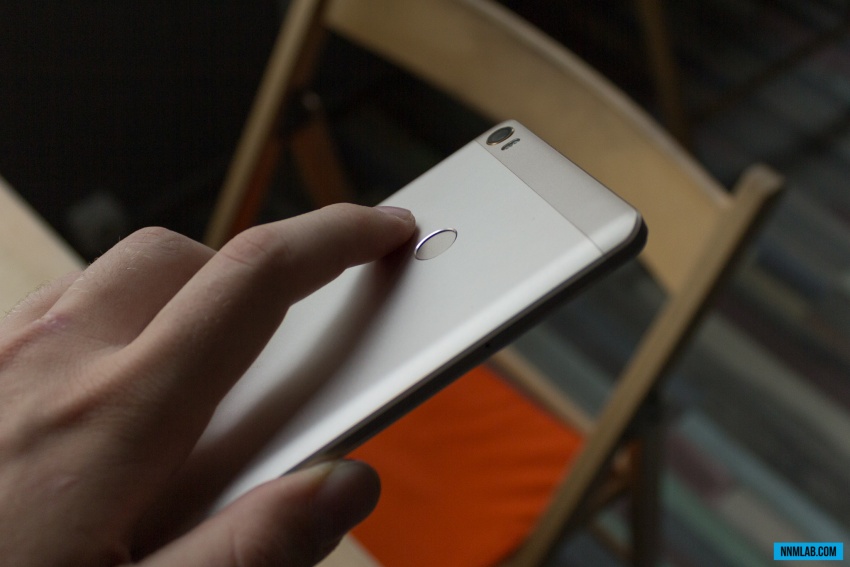 |  |
There is only one multimedia speaker on the bottom end, and a conversational microphone is hidden behind the second grille. The quality of speech transmission does not cause any complaints, but the dynamics lack volume and low frequencies. The use of MicroUSB instead of USB Type-C, as it were, hints at a certain budget of the device, as the company is gradually introducing a new interface connector into older smartphones.
The function keys on the right side do not play and have a noticeable tactile response. Top unchanged: audio output and IR transmitter. The tray on the left side is combined: micro-SIM and a choice of nano-SIM or microSD.
 |  |
Considering what's in front of us multimedia device, saving on the display would look like blasphemy on the part of Xiaomi. However, this did not happen, Mi Max has an excellent IPS matrix in all respects with a brightness adjustment range ranging from 2 to 631 cd / m 2 and a contrast ratio of 936 to 1. The display is well read in the sun and does not blind your eyes in the dark. The only but-weak oleophobic coating in comparison with the one that I recently tested.
Many reviewers complained about the black frames framing the display, but for all the time I used it I did not understand what was wrong with it. They absolutely do not catch the eye, and with a dark splash screen they look great at all, illusoryly expanding the space occupied by the display. But how many people, so many opinions.
After 2 weeks of using the smartphone without a case and films, the protective coating of the display remained pristine, despite the fact that before me the smartphone was tested in a different edition. The question regarding the origin of the coating remains open, since the model of this coating is not indicated on the official Chinese website, but on the Indian one about the use of Gorilla Glass 3. Some foreign ones even replicate information about Gorilla Glass 4.
▌Surprised in a good way by gaming performance
The Snapdragon 650 chipset was originally conceived as budget solution with the name Snapdragon 618, but was subsequently promoted in rank and there is a logical explanation for this. The fact is that in terms of performance it is in no way inferior and even slightly superior to the Snapdragon 808, which other companies installed in their flagship smartphones last year.
The Snapdragon 650 system-on-chip is equipped with four energy-efficient Cortex-A53 cores operating at up to 1.4 GHz and two performance Cortex-A72 cores at 1.8 GHz. Snapdragon 652, installed in older versions of Xiaomi Mi Max, is supplemented with two more high-performance cores, which, according to test results, brings it closer to last year's top SoC - Snapdragon 810.
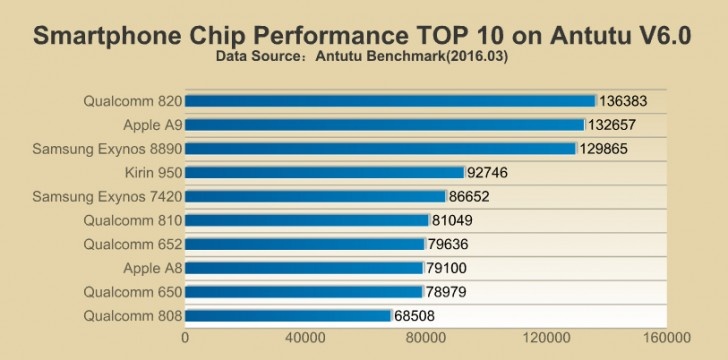

The first image shows the performance overall performance SoC, and the second is the performance of the graphics accelerator.
Additional tests in comparison with the devices that I previously had on hand:
| Phone/Benchmark | ||||
| Xiaomi Mi Max (Snapdragon 650) | 17902 | 8,8 | 1544 / 3680 | 77959 |
| Xiaomi Mi Max Pro (Snapdragon 652) | - | - | 1521 / 4443 | 83272 |
| 14801 | 4 | 890 / 4836 | 55209 | |
| 8557 | 5,8 | 635 / 2825 | 34009 | |
| 19594 | 12 | 991 / 2990 | 47075 | |
| 19564 | 9,9 | 1241 / 3222 | 50610 | |
| Xiaomi Mi 5 (Snapdragon 820) | 29891 | 30 | 2319 / 5507 | 131142 |
Despite the comparable results of the graphics performance tests of the 808 (Adreno 418, 128 stream processors, 600 MHz) and 650 (Adreno 510, unknown number of stream processors, 600 MHz) chips, in practice the victory turned out to be for the latter. For example, let's take WoT: Blitz. The ceiling for Xiaomi Mi 4c and 4s was the average graphics settings, and in order to achieve a stable 60 frames per second, we had to additionally turn off HD textures. In the Mi 4c review, I complained about the poor optimization of the game for this SoC, but six months later, nothing has changed. Meanwhile, Snapdragon 650 allows you to run "tanks" with maximum graphic settings, while fps stays at 50-60 and drops by a maximum of 10 frames in scenes with a lot of action or in aiming mode.
 |  |
In a shooter unkilled at maximum graphics settings, we have a stable 40 frames per second without a decrease in fps in action scenes. WWR(network battles of robots) limits maximum amount fps to 30, and in scenes with high weapon activity, the frame rate per second can drop to an unpleasant 18-20. In the latter case, optimization problems are on the face, since the situation is similar on smartphones with Snapdragon 820.
 |  |
In all tested games, the processor load did not exceed 30%, and the maximum number of fps was limited by the performance of the graphics subsystem, which was fully loaded almost all the time. So, when choosing a smartphone, I advise fans of mobile gaming to first of all pay attention to the performance of the graphics subsystem, and not to the total number of points in popular synthetic tests.
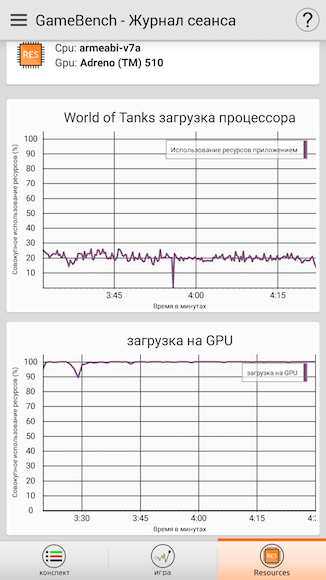
With prolonged high load, the smartphone case did not heat up above 40 degrees. No noticeable throttling was noticed, which is also confirmed by the GFXBench stability test.
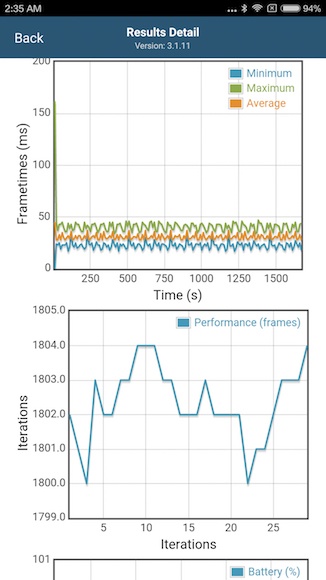 | 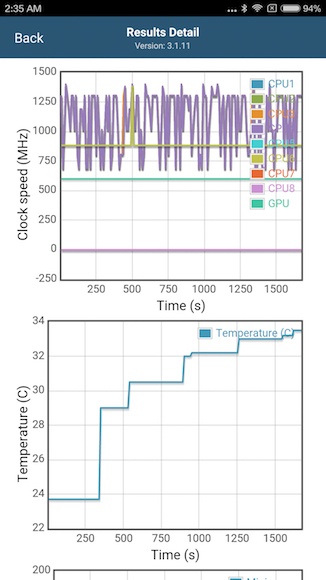 |
At the start of the system, about 1500 MB (out of 3!) of RAM are allocated for the needs of the user, and only 24.3 of the declared 32 GB are available to the user. To expand the disk space by installing microSD up to 128 GB, you will have to sacrifice a second SIM card.
From the point of view of telephone functionality, the smartphone works well: the speaker is loud and of high quality, the vibration signal is felt in the pockets of trousers, both the first and second SIM can work in the 3G / 4G network. FM radio only works with connected headphones that act as an antenna.
▌Hemorrhoids with flashing cannot be avoided
Nothing has changed since the publication of the material. From Gearbest, the smartphone arrives with partially localized firmware, which is characterized by increased consumption of RAM and low stability. For the reviewed version of Xiaomi Mi Max, the official MIUI is available with full localization, services Google Play and support for OTA updates. The release for older modifications is scheduled for August.
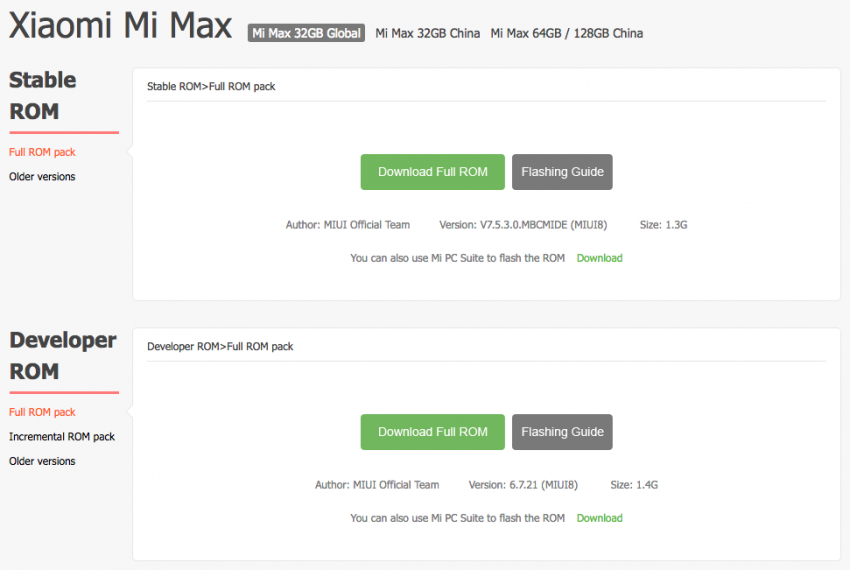
Unfortunately, the presence of the official Global-firmware does not at all simplify the process of replacing software. The most adequate instruction for switching from custom Chinese MIUI to the official one is on the English forum. For test purposes, I used (Russian) to install MIUI 8 Beta from multirom.me, but with this approach, you will lose the ability to update the firmware over the air, which is important for the beta version.
▌Autonomy
A battery with a capacity of 4850 mAh in a fairly intensive mode of operation will last for 6-7 hours of screen operation or 2-3 days. Heavy use means intermittent GPS activity, Wi-Fi alternately with 3G, Bluetooth for pairing with Pebble watch. The screen brightness level is adjusted automatically. About 10-20 minutes a day are spent on World of Tanks: Blitz, which I use as a benchmark for gaming performance. Calls no more than 5-10 minutes a day, I don't use SMS either. Mainly network connection, instant messengers, social networks. networks and surfing.
 | 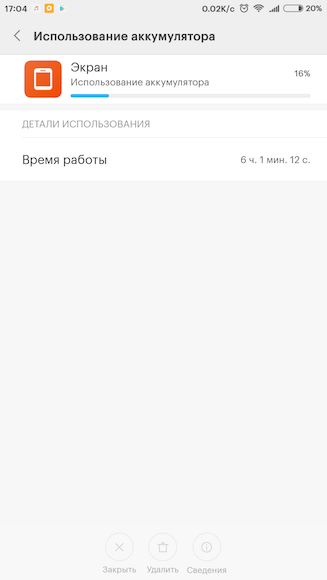 |  | 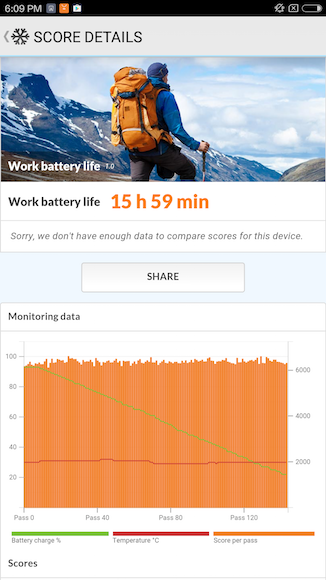 |
Mi Max comes with a conventional 5V 2A charger, and a full charge from 0 to 100% takes about 3 hours and 45 minutes. In addition, the smartphone supports fast charging technology, which for some reason is silent on the official Xiaomi website.
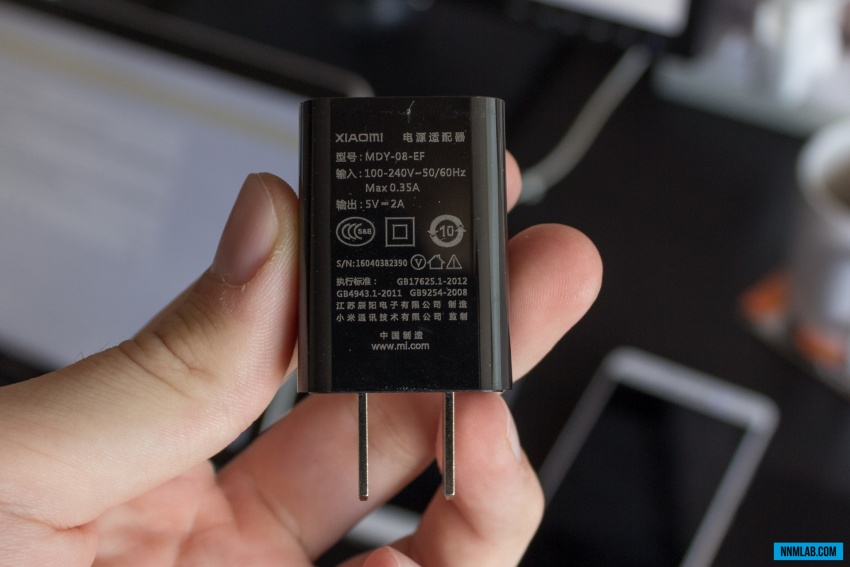
When trying to charge a smartphone from the bundled LeEco Le Max 2 charger with QC 3.0 technology support, the smartphone’s charging time was reduced by only 45 minutes, which means that the capabilities of the charger capable of “giving off” 24 W of energy for a long time are not used by 100%. Unfortunately, I didn’t have a tester capable of working with QC 3.0 at hand, and the one that was available, according to the passport, is capable of measuring voltages in the range of 3-7 Volts.
▌Camera at the level of the latest generation of Redmi smartphones
And this is basically all that can be said about them. During the day they shoot well, in the evening - badly. The rear camera is represented by a 16-megapixel sensor with a covered lens with f / 2.0 aperture. The front camera is 5 MP, the aperture is similar, and the viewing angle is 85 °. Examples of shots in various conditions:
 |  |  |  |
 |  | 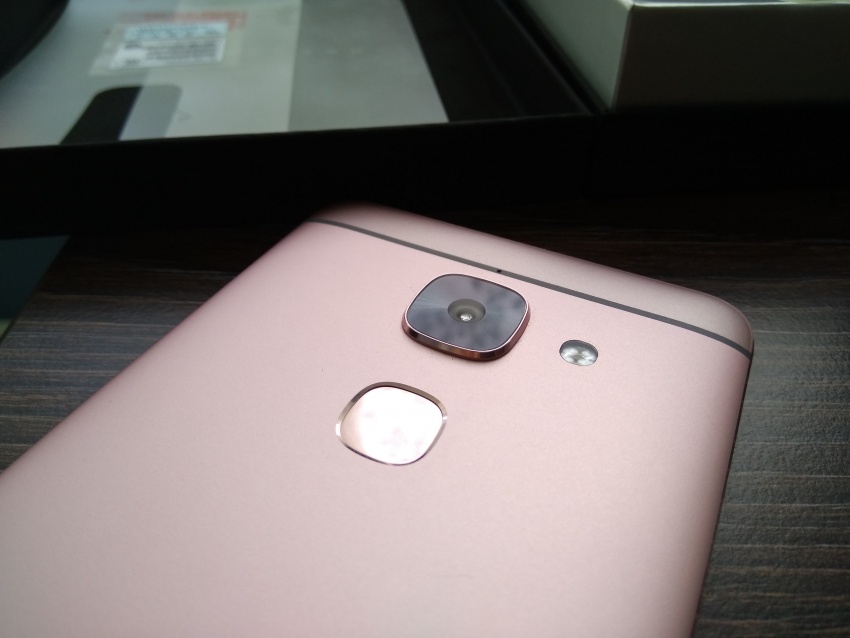 |  |
 |  |  |  |
Full size images can be downloaded here.
In MIUI 8, Xiaomi screwed up the camera app. The button for activating the HDR mode, which was previously in place of the current "Modes", for some reason was moved to the top of the screen, and even made drop-down. Those. if, like me, you want to use HDR periodically and on your own, you will have to resort to the help of a second hand to open the drop-down menu and activate HDR. The flash activation was moved there, and the filter selection key was put in its place.
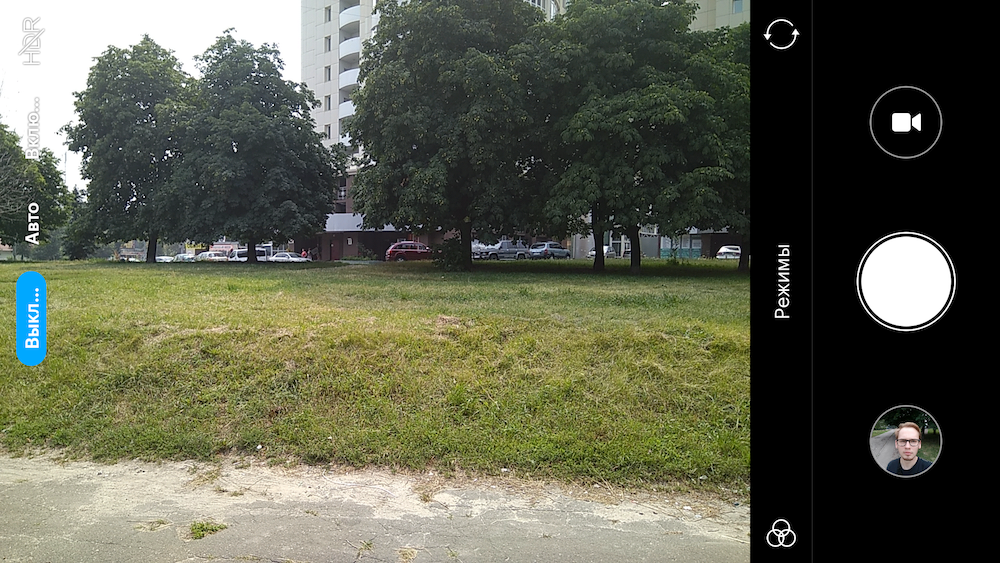
Chinese designers have a very strange vision of a user-friendly camera application interface.
▌Results
Xiaomi Mi Max is perhaps the only one of its kind with an adequate price tag. My short search did not turn up any serious competitors this smartphone. The same Sony Xperia Z Ultra is already quite outdated in terms of performance, and the camera in it initially did not shine with results, Lenovo Phab Plus, with a comparable price tag, is also inferior in performance, and it certainly cannot be handled with one hand. LeTV One Max boasts a slightly more productive platform, but is much inferior in terms of autonomy, and it’s not clear what it has with accessibility and software. Competitors include the relatively fresh Sony Xperia C5 Ultra dual, but give money similar to Mi Max for a display? No, please.
As practice has shown, the difference between a 5.7 and 6.44-inch smartphone is very noticeable after active use of the latter for 2 weeks. When I picked up a 5.7-inch phone, the first thing I thought about was a 5, well, 5.2-inch display, and I'm afraid to imagine my feelings if, immediately after Mi Max, I got some device with a display up to 5". I was able to get used to such a diagonal and take advantage of its advantages, but it’s not a fact that you will succeed, so I recommend that you first familiarize yourself with the device live.
Finally, I do not advise taking the version with 2 GB of RAM. Now for MIUI such an amount of RAM is back to back, but you haven’t been looking at a smartphone for a couple of months, have you?
What did you like
- Price
- Performance, in particular gaming
- Excellent autonomy
- Display with good range brightness level adjustment
- smart fingerprint scanner, support for fast charging using QC 3.0 technology
What did not like
- Case backlash in the torsional test that protrudes beyond the case protective glass rear camera
- Difficulties with flashing, so necessary for the full use of the device
- Weak oleophobic coating
What would you like
- NFC support
- Separate memory card slot
- QC3.0 Charger in the standard delivery set
▌Related Links
On my site, I duplicate my own publications from all over the Internet, so too. Thank you for your attention!
In anticipation of the summer of 2017, Xiaomi presented the world with its new creation - Xiaomi Mi Max 2: a large 6.44-inch smartphone in an all-metal case with a record capacity battery th at 5300 mAh.
The device is a follower of the one launched for sale a year ago, and there is one serious question for the developers: why did they release a device a year later, which in some respects is seriously inferior to its predecessor?
Equipment
The contents of the package are painfully familiar to all Xiaomi users. In the box with a mobile device, you can only find a charger, a USB Type-C cable, documentation, and a paperclip to open the tray for SIM cards.
Design and ergonomics
Unlike its predecessor, the Mi Max 2 features an all-metal back cover that not only improves appearance smartphone, but also made it more durable. At the same time, theoretically possible problem with signal reception quality cellular communication I decided by small inserts of antennas at the bottom of the side and on the top edge of the mobile device.
Comparing the novelty with Xiaomi Mi Max, you can see that the position of the flash on the back of the device has changed. Now it is placed not to the right, but to the left of the camera. At the same time, the round fingerprint scanner remained in the same place as it was.

By the way, the world is divided into two camps: those who like the location of the scanner behind the index finger of the hand and those who like unlocking by pressing the scanner located under the display, as implemented in Xiaomi Mi 5, Xiaomi Mi 6 and other smartphones of the Mi family.
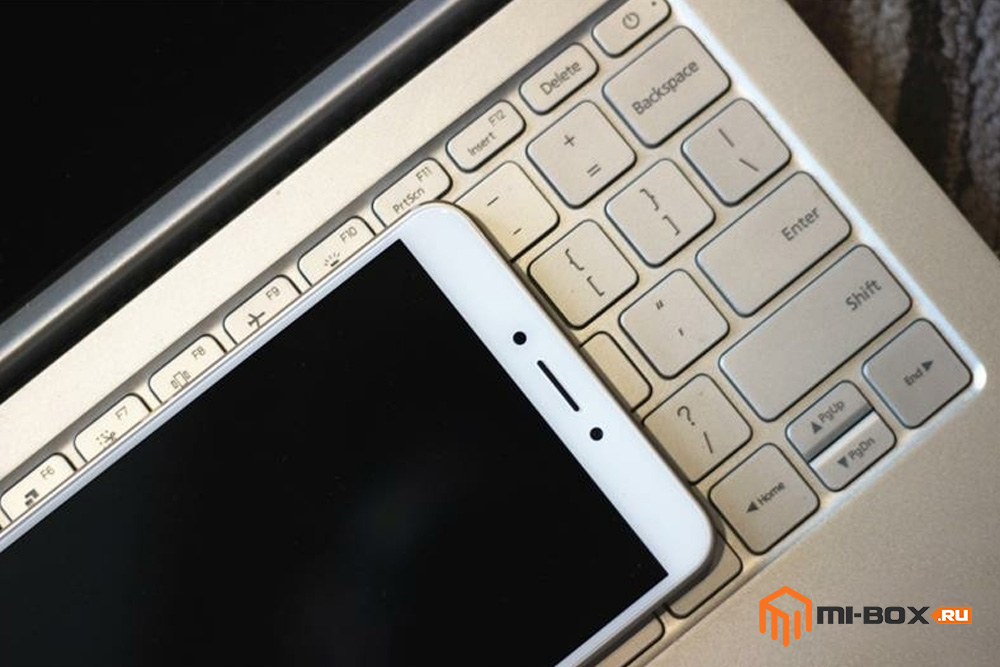
On the front side, everything is as usual: on top is a proximity sensor, a front camera and a speaker grille.
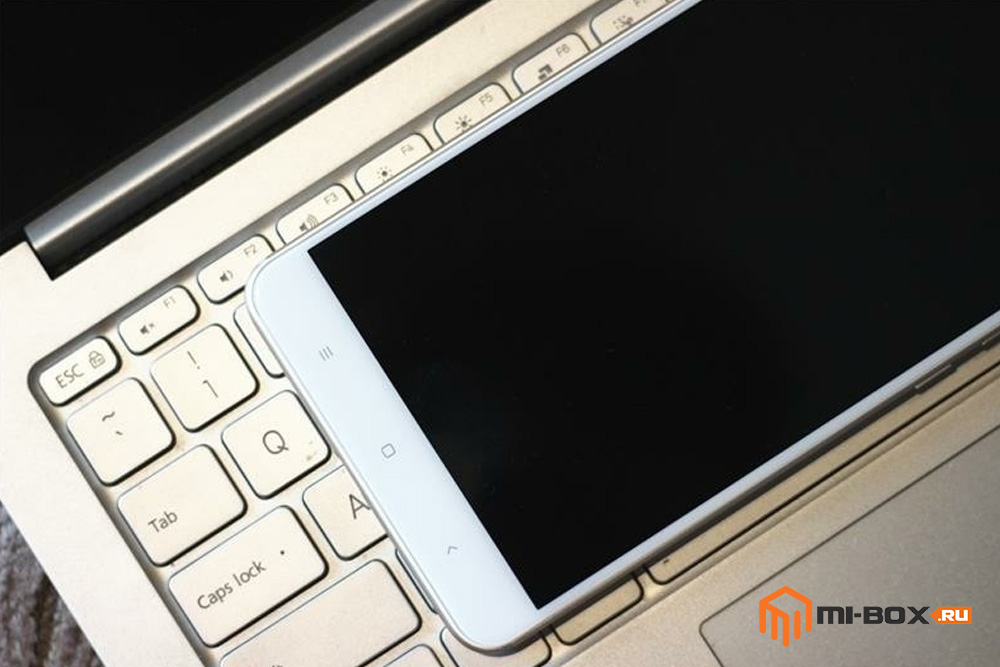
Below them is a huge 6.44-inch display and three familiar navigation buttons (“menu”, “home” and “back”).
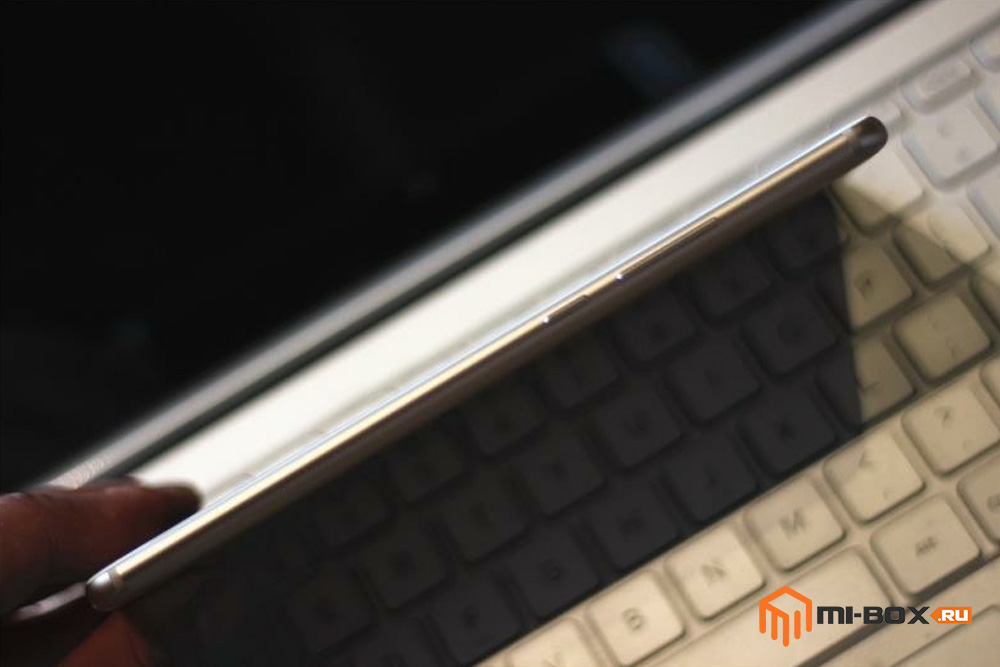
Metal volume keys and power buttons are placed under the thumb on the right side of the smartphone.

You can insert two SIM cards by opening the tray located on the left side. If desired, instead of sim1, you can install a microSD memory card.
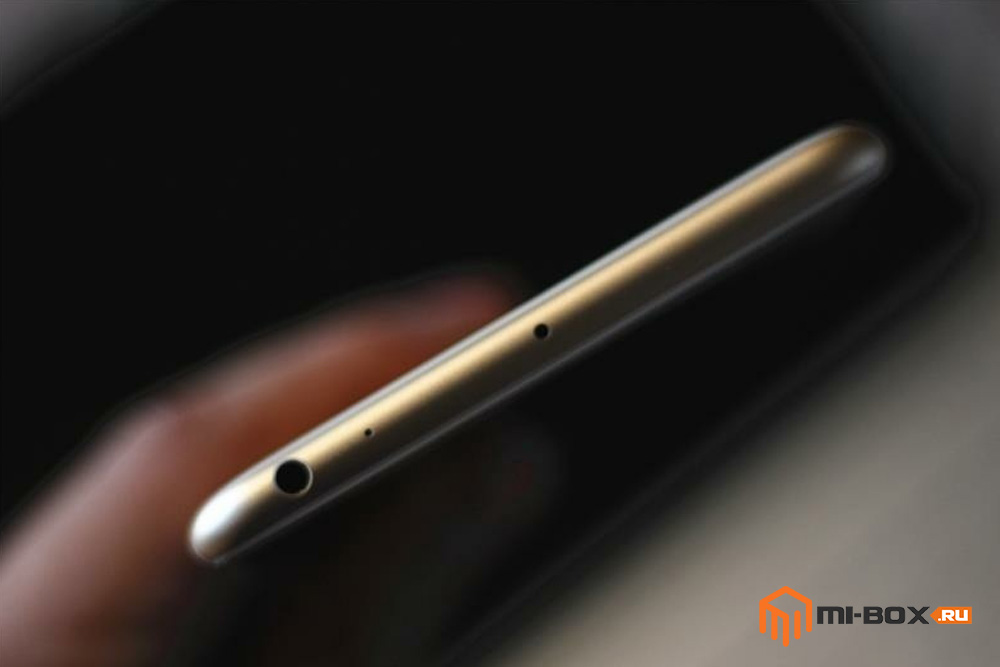
As for the top edge, it houses a “representative of the disappearing species” 3.5 mm port for headphones, a noise-canceling microphone and an infrared port that allows you to control a huge amount of modern household appliances using the application.
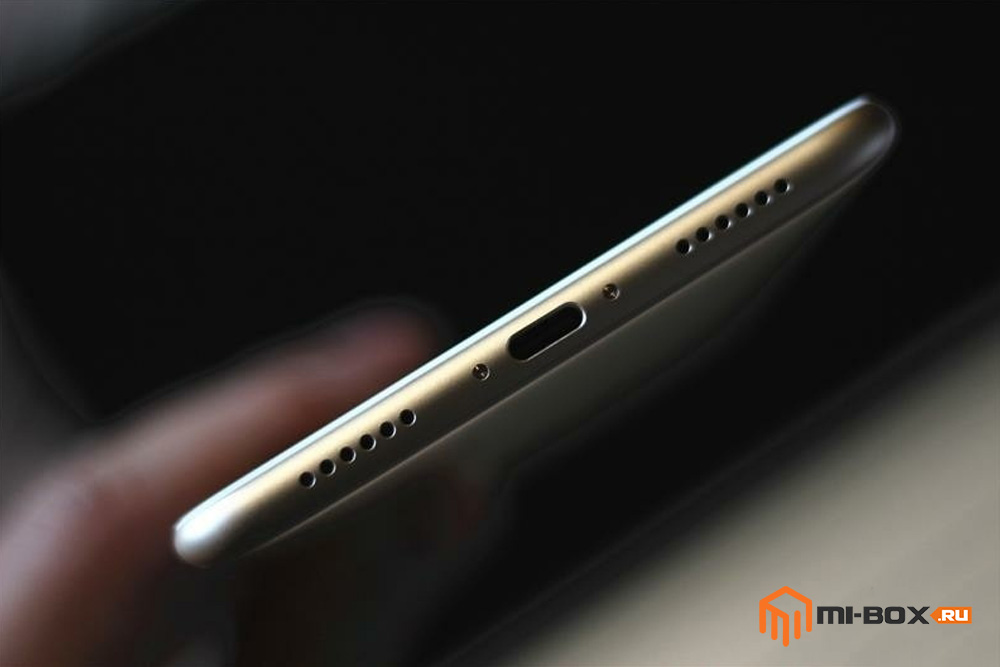
The USB Type-C port and two stereo speakers are located on the bottom of the smartphone.
In general, the Mi Max 2 smartphone looks quite stylish and attractive. Initially, the device was presented only in gold color, but since June 2017 it has appeared xiaomi version Mi Max 2 Black with a more versatile black color scheme.
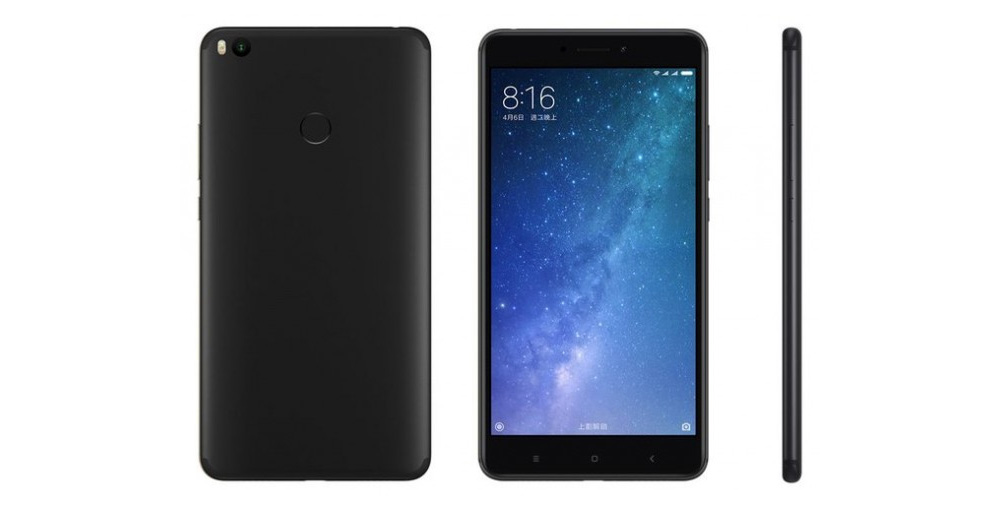
Display
The smartphone is equipped with a huge 6.44-inch display with a resolution of 1920 x 1080 pixels. In terms of quality, it is not much different from its predecessor, but it has a much smaller thickness of the black frame around, which has changed from 1.5 to 0.7 mm.
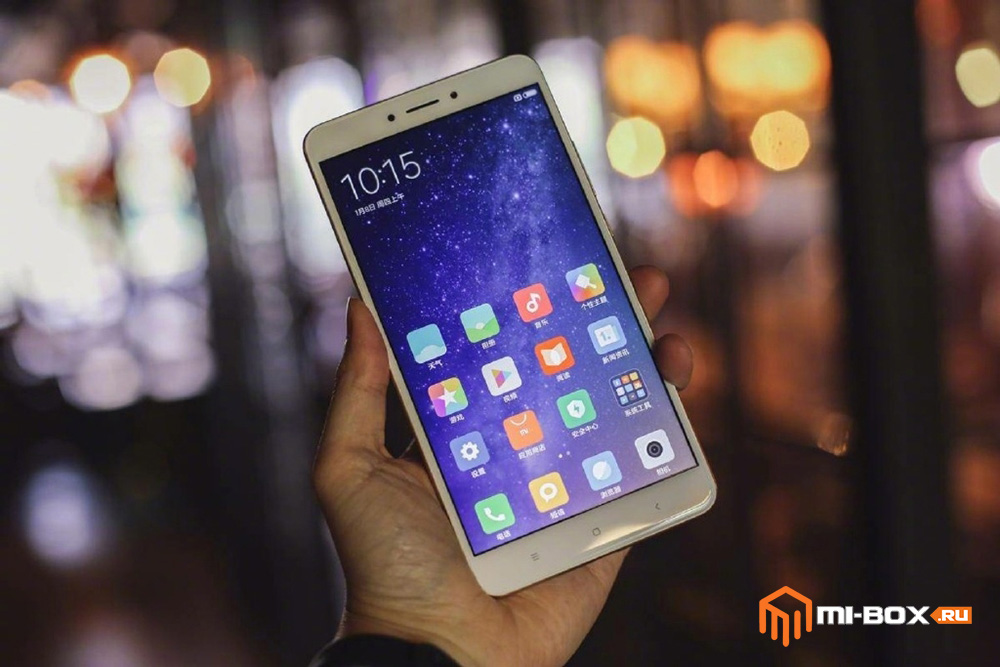
In the smartphone settings, it is possible to select, as well as adjust the color scheme for more comfortable work with a mobile device.
For those who want to work with a smartphone with one hand, there is a special mode that can be enabled in the system settings.
And even despite all the shortcomings related to the dimensions of the device, it has a number of advantages:
- convenience when working with text documents, tables and presentations
- Comfortable viewing of your favorite movies and series
- great replacement for a car navigator
Performance
The Mi Max 2 smartphone is not a flagship, but it copes with its tasks perfectly. The device has a Snapdragon 625 mid-range processor paired with 4 GB of RAM and, depending on the modification, 64 or 128 GB of internal memory. This is quite enough for comfortable installation and passage of most games, storage of a large number of audio and video recordings.

In the AnTuTu test, the device scores 62765 points.
Specifications Xiaomi Mi Max 2
| Manufacturer | Xiaomi |
| Model | Xiaomi Mi Max 2 |
| Announcement date | May 2017 |
| Network support | GSM / CDMA / HSPA / EVDO / LTE |
| - 2G | GSM 850 / 900 / 1800 / 1900 - SIM 1 and SIM 2 |
| - 3G | HSDPA 850 / 900 / 1900 / 2100 |
| - 4G | LTE band 1(2100), 3(1800), 5(850), 7(2600), 8(900), 38(2600), 39(1900), 40(2300), 41(2500) |
| Bluetooth | v4.2, A2DP, LE |
| WiFi | Wi-Fi 802.11 a/b/g/n/ac, dual-band, Wi-Fi Direct, DLNA, hotspot |
| Dimensions | 174.1 x 88.7 x 7.6 mm (6.85 x 3.49 x 0.30 inches) |
| The weight | 211 g (7.44 oz) |
| Accumulator battery | Fixed, Li-Ion 5300 mAh |
| Display | 6.44 inches (~74.0% of smartphone surface) |
| - permission | 1080 x 1920 pixels (~342 ppi) |
| CPU | Qualcomm MSM8953 Snapdragon 625 |
| - CPU frequency | Octa-core 2.0 GHz Cortex-A53 |
| - graphic arts | Adreno 506 |
| Memory | 64/128 GB, 4 GB RAM |
| USB | Type-C 1.0 reversible connector |
| Camera | Photo / Video |
| - main | 12 MP, f/2.2, phase detection autofocus, dual-LED (dual tone) flash |
| - frontal | 5 MP, f/2.0 |
| Operating system | Android 7.1.1 (Nougat) |
Camera
The main camera of the smartphone is equipped with Sony module IMX386, same as flagship 12MP, but with F/2.2 aperture and no 4-axis optical stabilization. There is tracking autofocus and the ability to record video in 4k.
Comparison of cameras with Xiaomi smartphones Mi6 and Xiaomi Mi Max 2
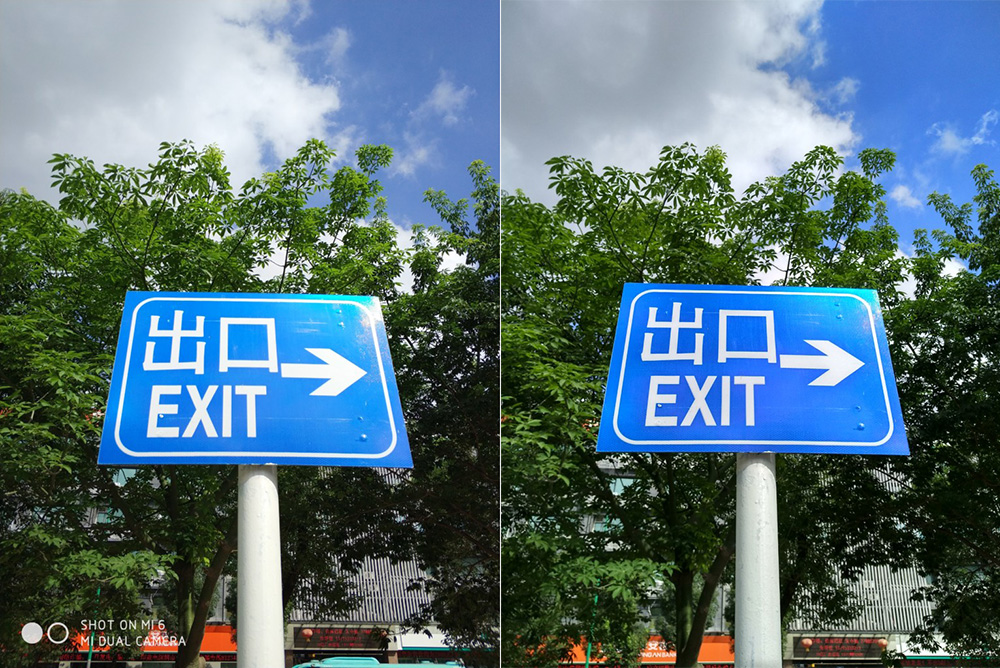
![]()
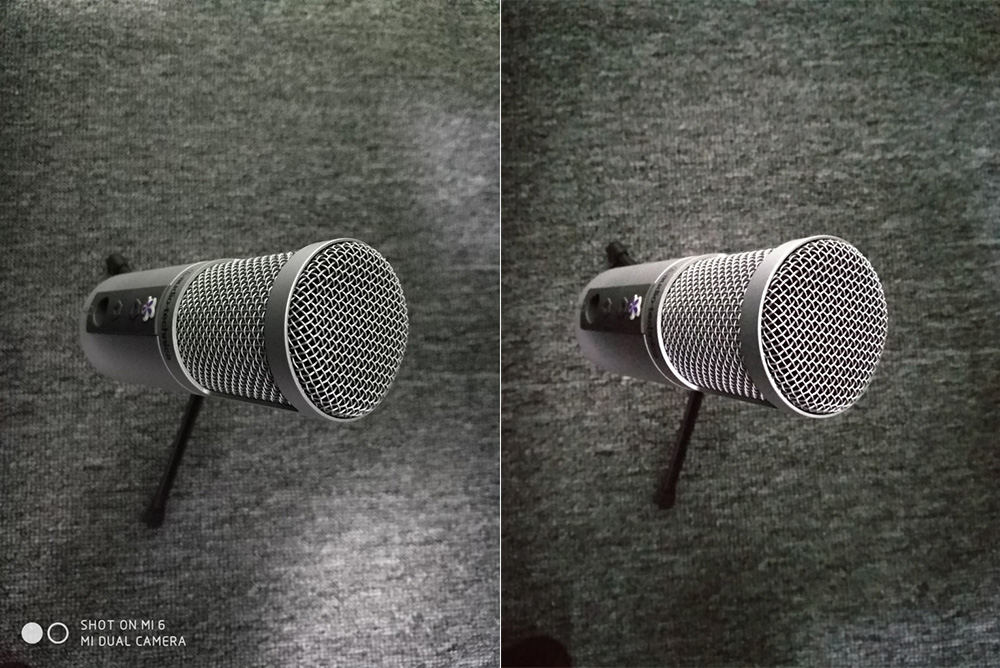
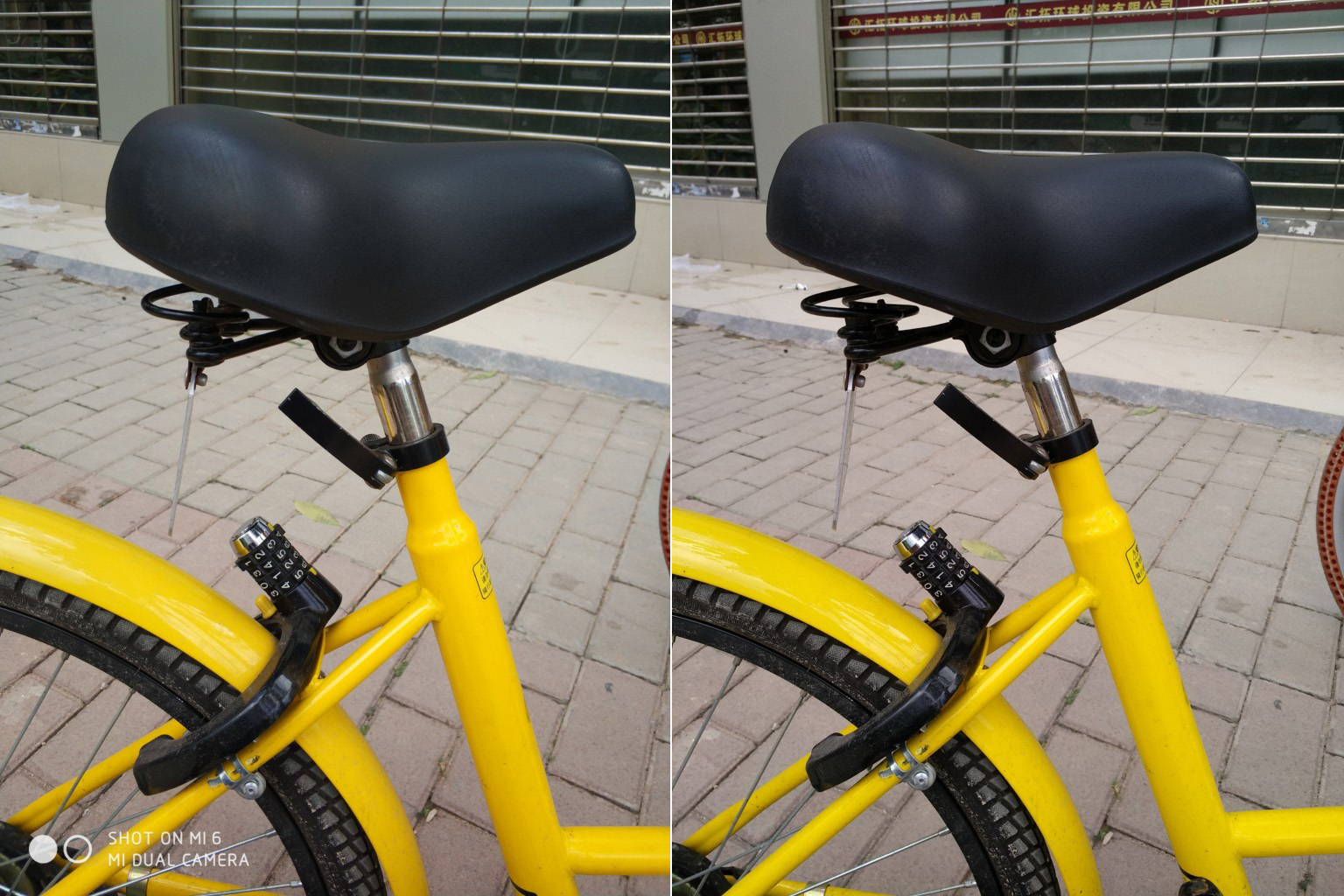
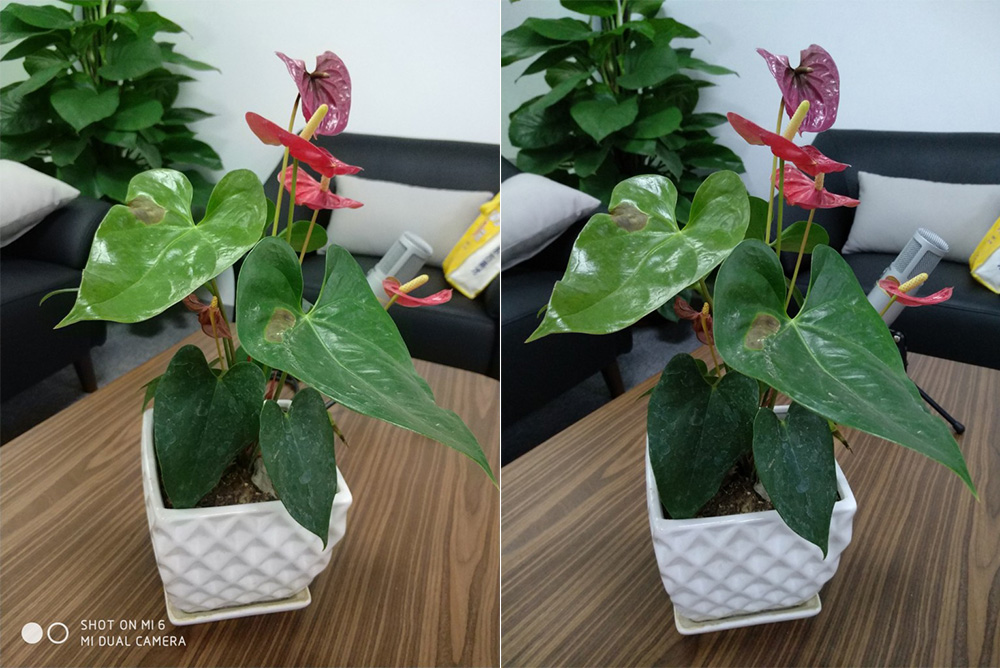
![]()
Examples of photos taken on Xiaomi Mi Max 2
![]()

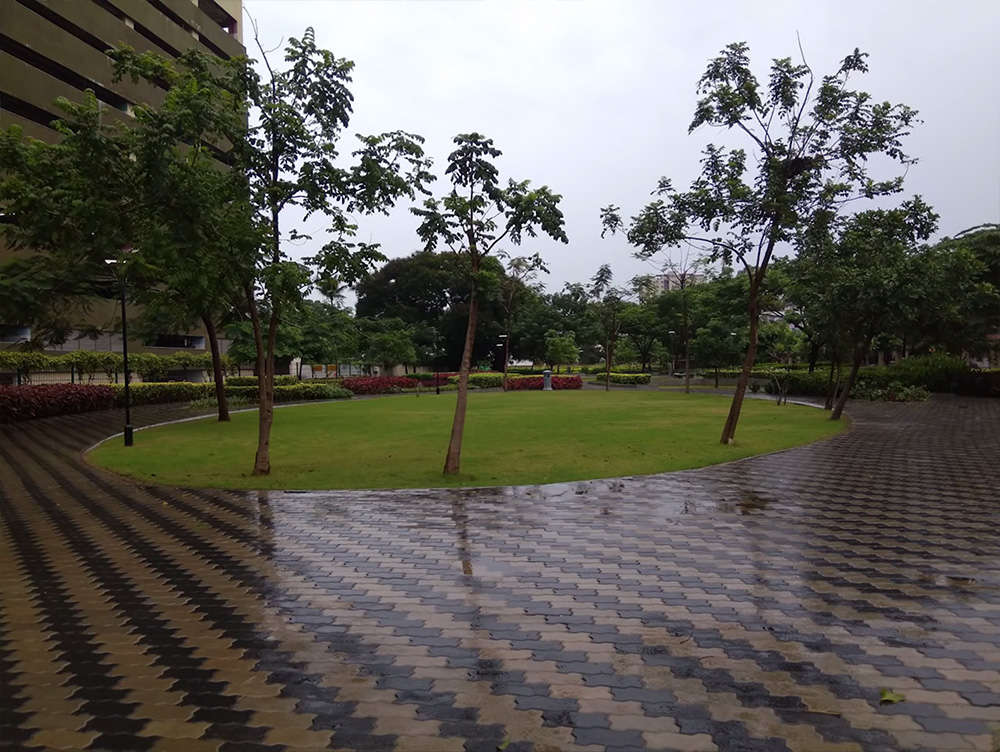

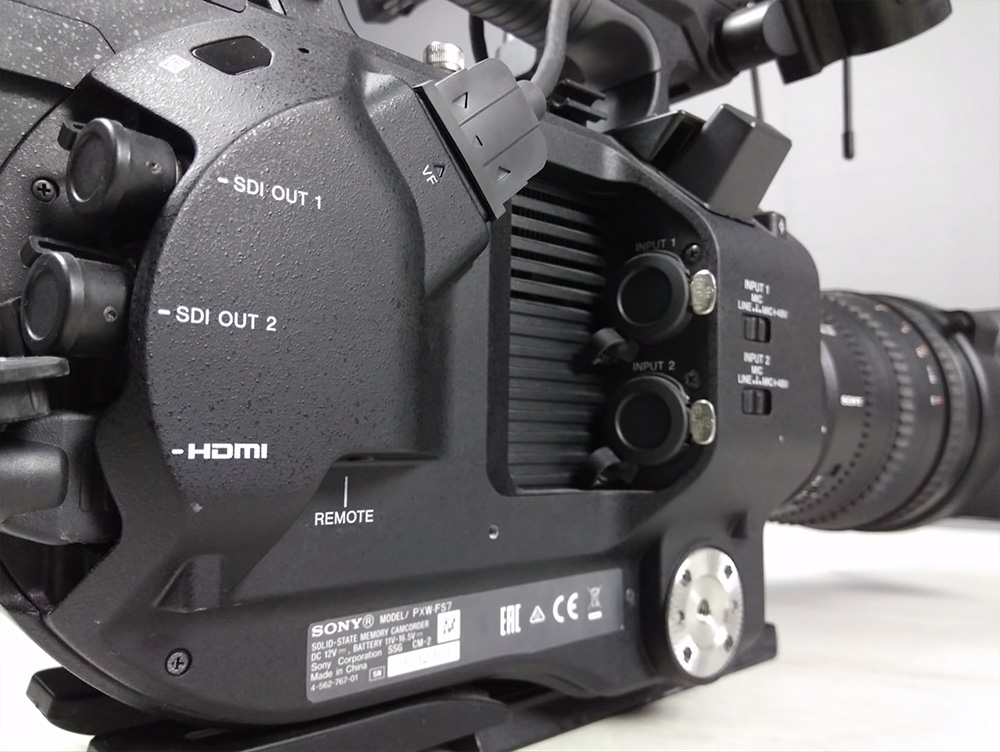







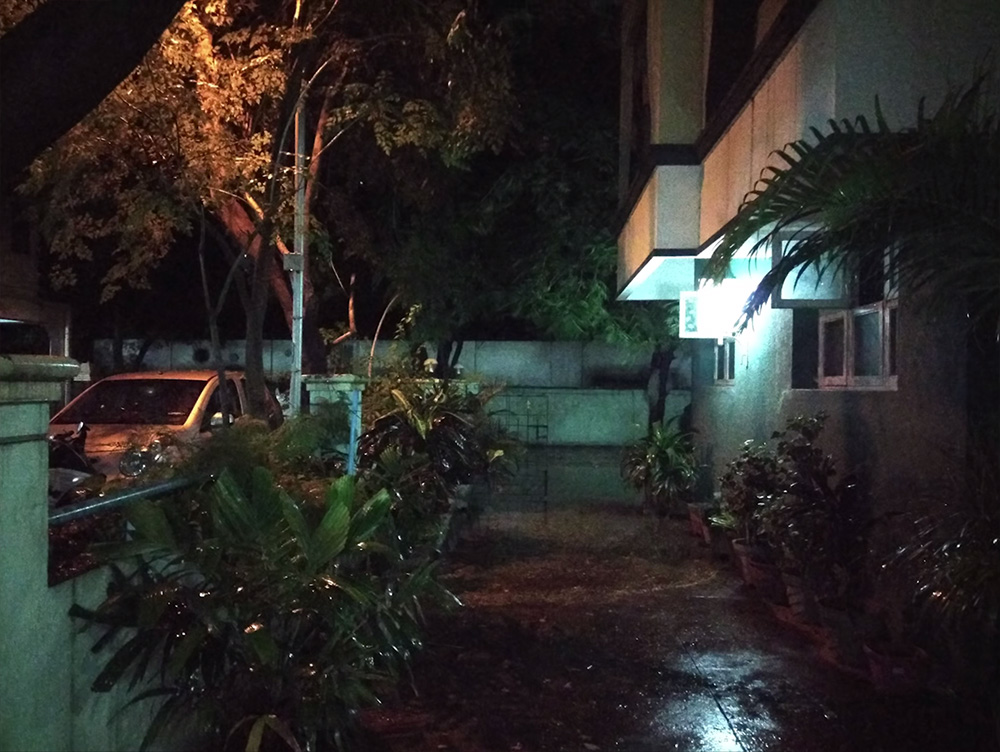


The front camera is equipped with a module with a resolution of 5 MP.
Offline work
Time battery life- this is exactly what distinguishes this smartphone from similar ones. Thanks to a powerful 5300 mAh rechargeable battery, the duration of the device can reach 2-3 days. Given the huge 6.44-inch display, this is a very good result.
According to the manufacturer, one battery charge is enough for:
- 18 hours of video playback;
- 10 days of music playback;
- 9 hours of passing games;
- 21 hours of work in navigator mode;
- 19 hours of work with documents;
- 57 hours of making phone calls.
The novelty has support for Quick Charge 3.0 accelerated charging technology and can charge other gadgets via an OTG cable.
Up to 100% battery Xiaomi Mi Max 2 is charged in 2 hours 24 minutes, while up to 68% - just 1 hour.
Video - unboxing and review of Xiaomi Mi Max 2. Comparison with Xiaomi Mi Max.
Results
pros
- large display;
- stylish high-quality case;
- excellent battery life.
minuses
- dimensions are not suitable for everyone;
- not the most powerful processor at the moment.
Should you buy Xiaomi Mi Max 2?
Of course, if you are a fan of big mobile devices, then Xiaomi Mi Max 2 will delight you with its screen and monolithic body. For everyone else, such a diagonal display may seem like overkill and daily use of a smartphone can be a real test. The owners of the first generation of the device do not make much sense to change - it's still the same smartphone, but with an increased battery capacity and a slightly improved camera. Otherwise, this is an ordinary smartphone with modern technical characteristics, like most mid-range mobile devices. Xiaomi Mi Max 2 is available to buy now for just over $300 (
Xiaomi Mi Max 2- This is a smartphone for an amateur. For such a big fan with large palms and an immense desire to get a device from the category of "two in one" - a tablet and a smartphone. And if you are lucky enough to be such a character, then the smartphone will definitely please you.
Return cashback Coupon for bonuses: GWSuperGSpecifications Xiaomi Mi Max 2
Of course, you need to study the “specs” of the novelty in comparison with the previous generation.
| Xiaomi Mi Max | Xiaomi Mi Max 2 | |
| Screen |
IPS, 6.4 inches, 1920 x 1080 pixels, 342 ppi, 1000:1 contrast ratio, 450 nits brightness |
|
| CPU |
Qualcomm Snapdragon 650 (MSM8956, 4 cores) 1.8GHz or Snapdragon 652 (MSM8976, 8 cores) 1.8GHz, 28nm |
Qualcomm Snapdragon 625 (MSM8953) 8-core Cortex A53 @ 2.0GHz (14nm) |
| graphics accelerator |
Adreno 510 at 600 MHz |
Adreno 506 at 650 MHz |
| RAM |
3 or 4 GB |
4 GB (2.1 GB free after reboot) |
| Data store |
32 / 64 / 128 GB |
64 (free 52.99 GB) or 128 GB |
| Memory cards |
Yes, up to 128 GB |
|
| Battery |
4 850 mAh |
5,300 mAh (Quick Charge QC 3.0) |
| Main camera |
16 MP (f/2.0, phase detection autofocus, 4K recording, dual LED flash) |
12 MP (f/2.2, Sony IMX386, pixel size 1.25 µm, phase detection autofocus, 4K recording) |
| Front-camera |
5 MP (f/2.0, 85-degree lens, full entry HD video) |
|
| OS (at the time of release) |
Android 6.0.1 (MIUI 7) |
Android 7.1.1 (MIUI 8) |
| Connectors |
Micro USB 2.0 (OTG), 3.5 mm audio output |
USB Type-C (OTG), 3.5 mm audio output |
| Sensors |
Infrared, gyroscope, accelerometer, proximity and light sensors, Hall sensor, digital compass |
|
| networks |
LTE (band support: 1, 3, 7, 38, 39, 40, 41) |
LTE (bands: 1, 3, 5, 7, 8, 38, 39, 40, 41) |
| SIM cards |
Nano + Micro (combo slot) |
|
| Interfaces |
Wi-Fi (802.11 ac), Bluetooth 4.2, FM radio (works without a headset) |
|
| Navigation |
GPS, A-GPS, GLONASS, Beidou |
|
| Water and dust protection |
Not |
|
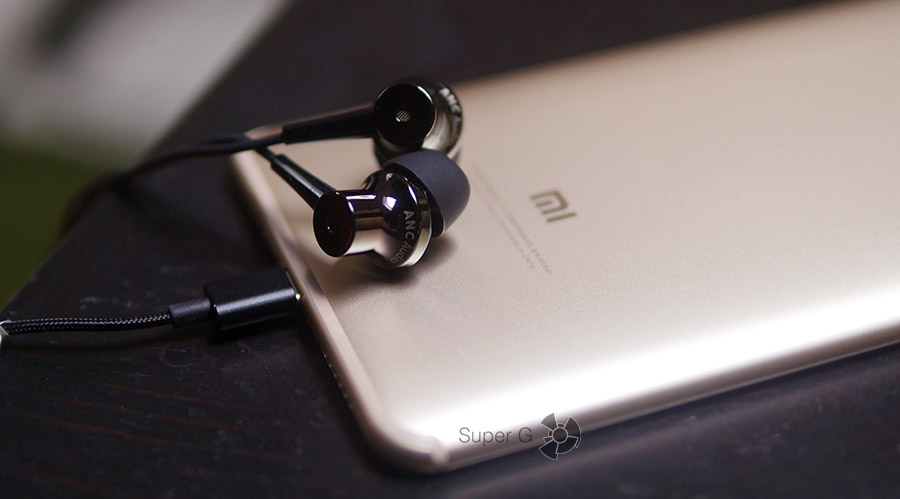
As you can see, the hardware and the main camera have changed. There is both good and bad in this. Let's start with the last one.
The Qualcomm Snapdragon 625 processor has become incredibly popular among manufacturers. Since the middle of last year, a million different models smartphones and all thanks to the fact that the chipset offers sufficient performance for most modern tasks, but does not consume excess energy, because it was created using 14-nanometer technology.
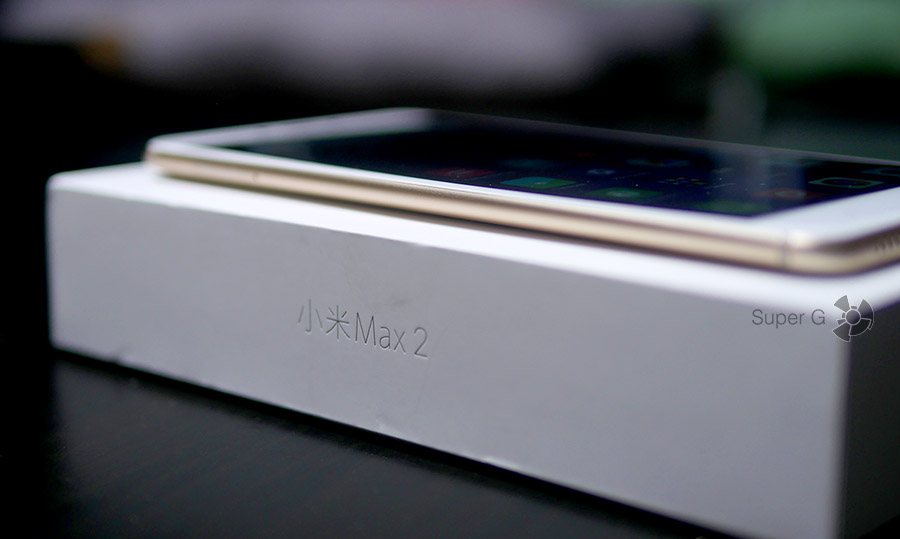
The predecessor was Snapdragon 650 or 652, which are still considered very powerful "stones", not flagship, but very close to that. However, they are made on the basis of the 28 nm process technology, therefore, they consume more energy.
We will talk about the camera later, but the fact that in 2017 Xiaomi stubbornly does not want to add the 20th LTE band is bad manners. Okay, in their homeland, such support is useless, but the Chinese are almost the most popular tourists in the world, travel to all countries, and there the 20th frequency would be very useful. In the Kempinski hotel, for example, with thick walls.
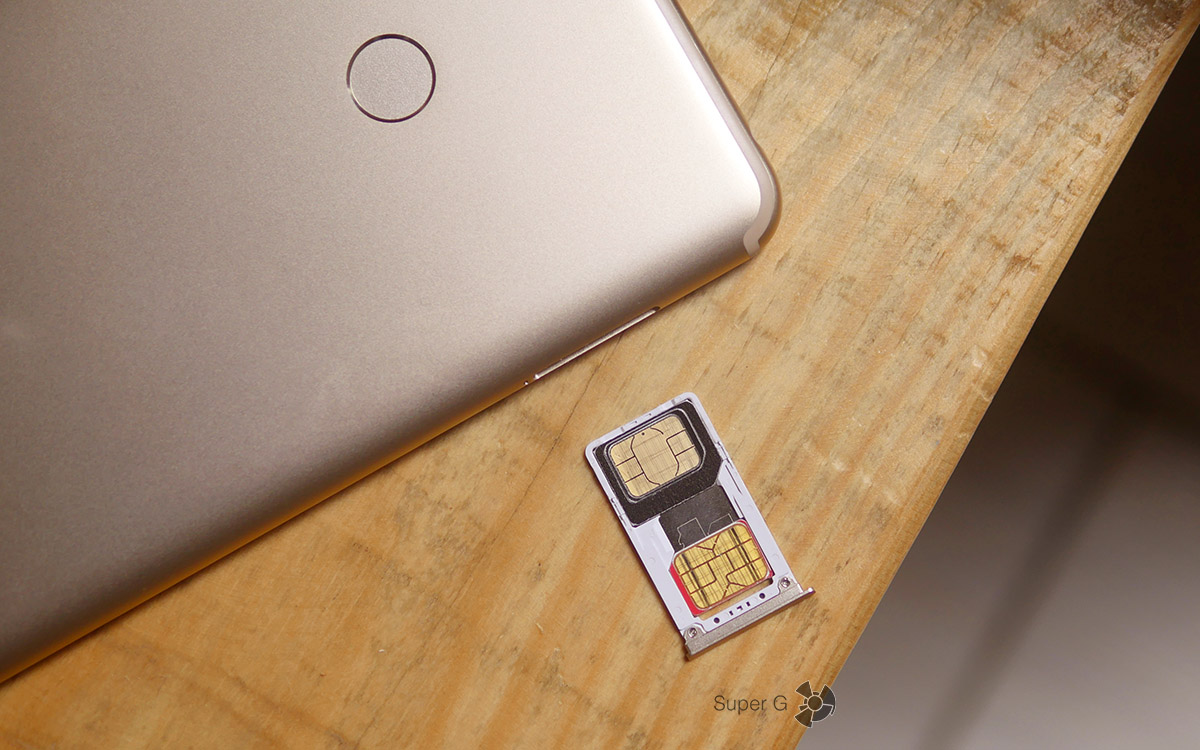
The last point that is frustrating is the lack of NFC. Xiaomi, wow! Contactless payments are accepted even in vegetable markets, and you still can’t give birth to massive NFC equipment on your smartphones. How long?!
Performance
We remember a simple rule for the past and all this year. If the smartphone has a QS 625 processor, then there will be no problems with performance. At least if the developers don't screw up with the software. And here we have MIUI 8.5, therefore, the interface, animation - everything flies.
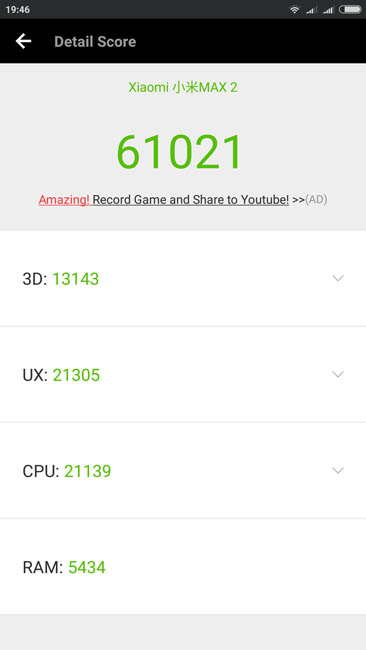
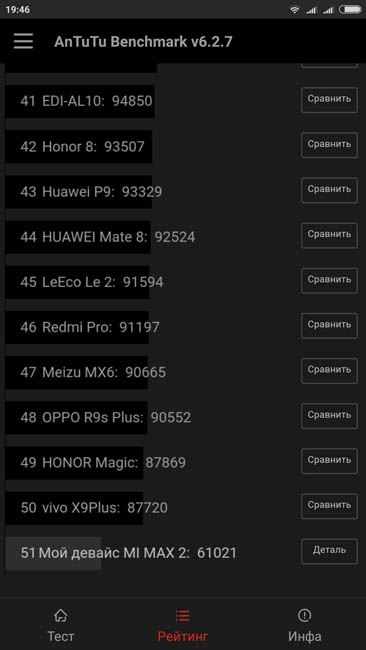
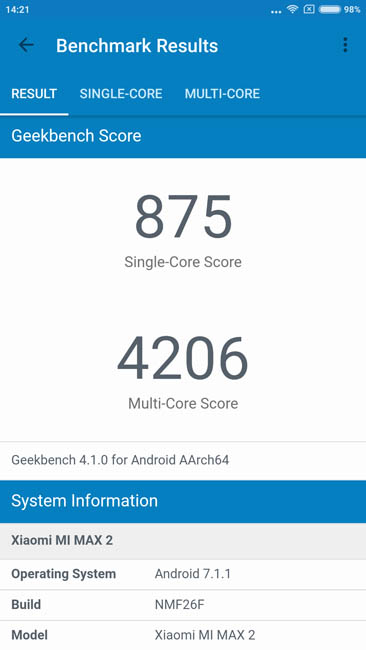
With games the situation is as follows.
You can play "tanks" only at medium graphics settings, then the frequency will jump around 30-40 FPS. At the maximum, this figure is already 20-25 FPS and it is already difficult to play comfortably.
cameras
On the front we have a 5-megapixel module with an 85-degree lens. Aperture f / 2.0, sharpness and correct determination of the white balance at the level.
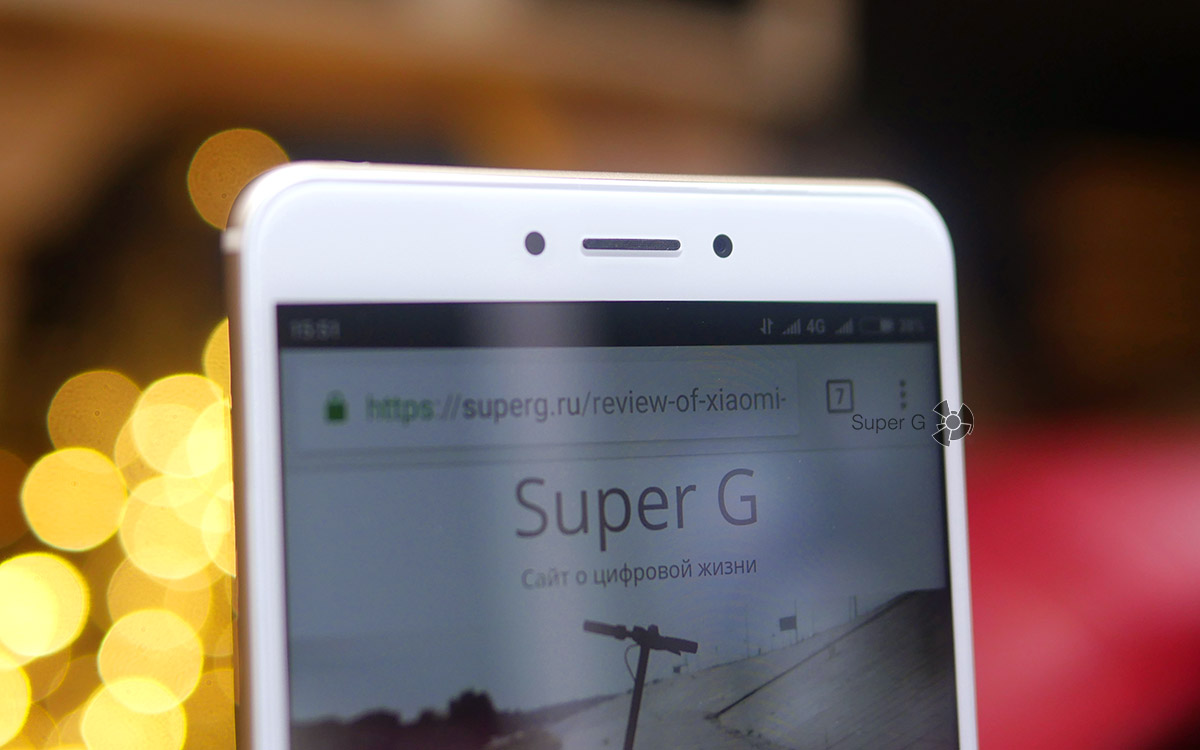
I can’t call Mi Max 2 a cool selfie phone. Yes, and you should not do such tricks with him, because dropping such a colossus from the palm of an outstretched hand is a trifling matter.
The main camera is 12 megapixels. Exactly the same matrix (Sony IMX386) is installed as the main module in Xiaomi Mi6 - in the flagship, not a second. However, a lighter glass was placed in the "mishest" - f / 1.8. I think it is for this reason that it is still inappropriate to compare these two devices.
As for me, the developers in the case of Mi Max 2 simply scored on at least some bringing to mind software algorithms.
Xiaomi Mi Max 2 camera takes rather mediocre photos.
It is important to add - if we are talking about the bar that is set by far from the top-end camera phone - Mi6.
Even during the day, the phase detection autofocus misses and the photos are not clear. And the very detailing of the pictures is lame. You zoom in on an object, and it is tightly crushed by software algorithms - a solid watercolor.
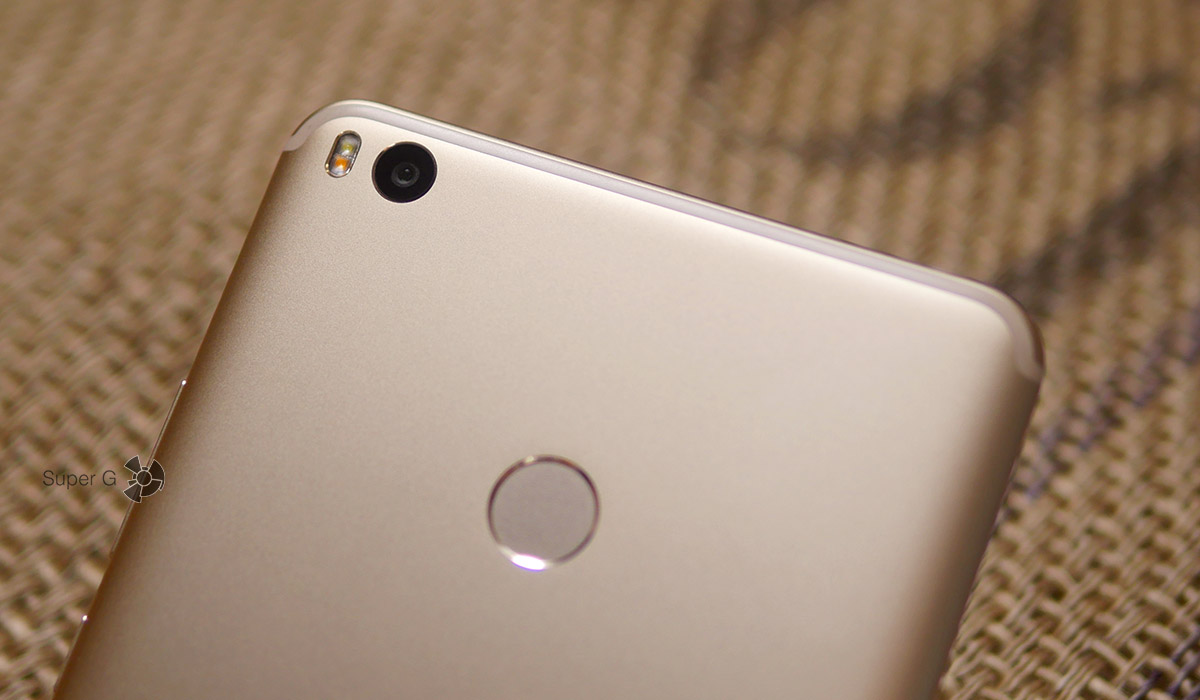
The white balance constantly mows in the direction of overexposure - only a well-designed HDR helps out. Everything is fine with this, and in particular, dynamic range can be set to auto mode and the camera will decide when to use it. Honestly, I wouldn't trust her.
We take all originals from here in one archive.
The smartphone can record 4K videos, and it does it quite decently. True, there is no stabilization, but you can live with it. And you can also live with the fact that sound recording is catastrophically buggy. On the first firmware for Xiaomi, this is a normal phenomenon, so we are waiting for the next update with fixes. Below is an example.
Soft
My apparatchik is working on the base latest android 7.1.1. True, little is left of the system in the form in which it was conceived by Google. Particularly lacking are branded tweaks for splitting the screen into two applications. At 6.4 inches, this would be very handy.
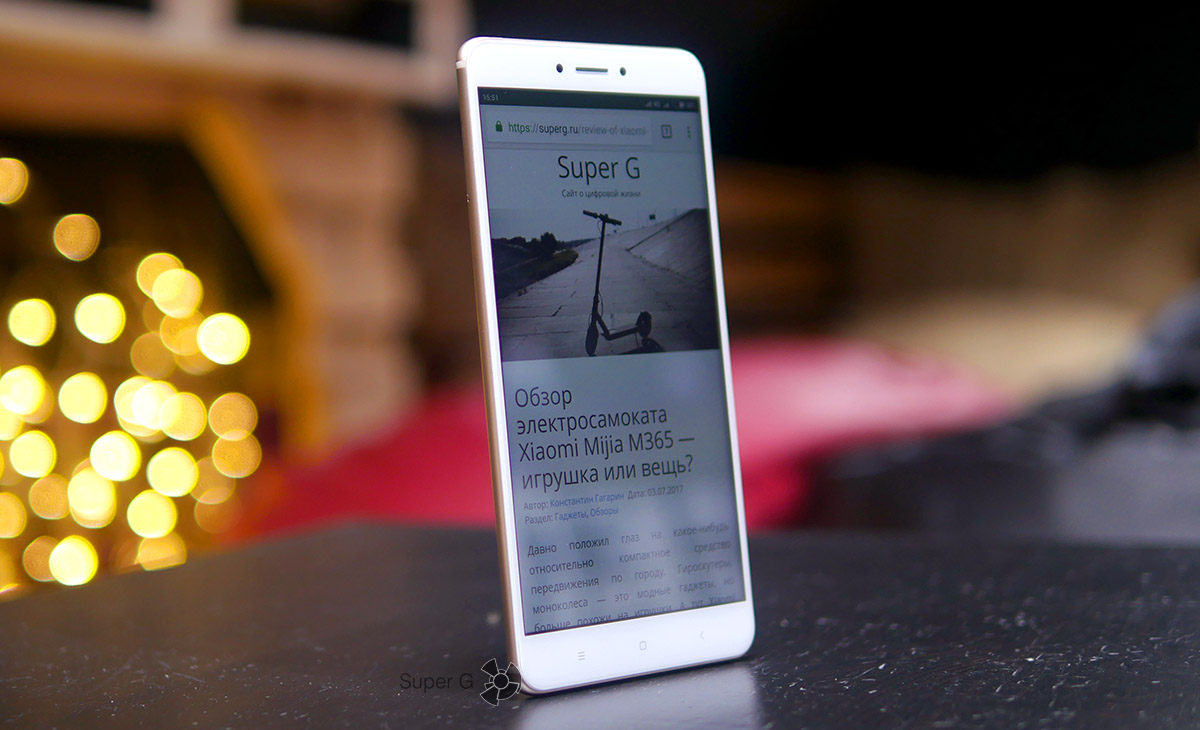
About pleasant.
The global firmware has already been released, and for a long time. The phablet came to me from an online store with pre-installed global firmware (at the factory, as the seller explains). Russian language is available, applications from Google play market put on with a bang, updates arrive - everything is in chocolate.
Furthermore! Mi Max 2 I have almost the first device in which there is no problem with notifications. I didn’t set anything up, but they themselves come from all the applications I need. Yes, there were a couple of jambs in WhatsApp and Telegram, but in 95% of cases everything is fine.
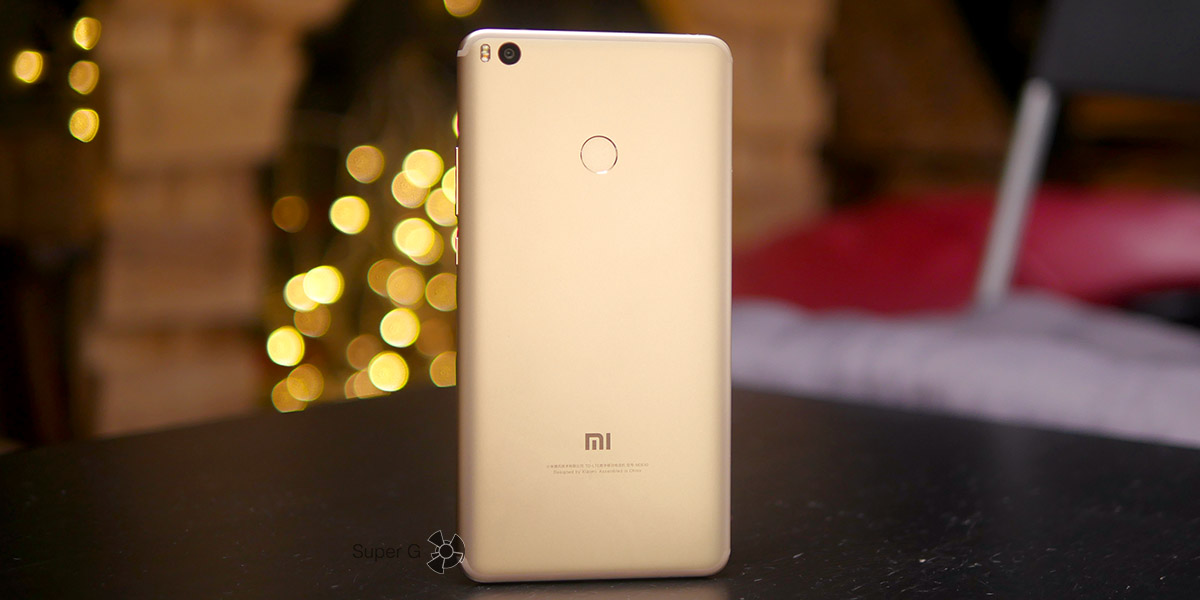
With MIUI, as always, there are no problems regarding stability and settings. There are a lot of the latter, everything can be customized to your liking. In general, MIUI in all its glory.
Personally, I'm especially fond of app cloning. Any utility (actually any!) can be cloned in a second and used on one smartphone with two accounts, even if the developers did not provide for this. Chic!
Battery Life
And here Mi Max 2 tears all its competitors. A 5,300 mAh battery is just what the doctor ordered.
The smartphone easily lives a day with a little at 10 hours (!) of the screen.
At the same time, I surfed the net a lot, used the full social network, took pictures, and the screen backlight was set to a value above average.



In other words, if you do not sit online for days on end, then the device will work freely on a single charge for two days. Great result!
Full charge time is 2 hours 37 minutes. We say thanks for this quick charge Quick Charge 3.0.
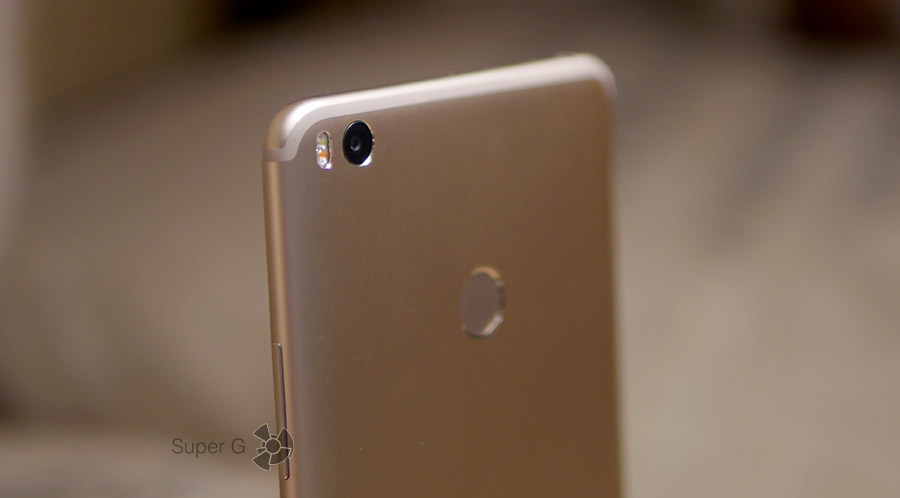
Outcome
The official price of Xiaomi Mi Max 2 in China is as follows:
- $250 asking for a model with a memory ratio of 4 + 64 GB
- $293 will have to pay for the maximum configuration (4 + 128 GB)
You don’t need to overpay, because 64 “gigabytes” is already a decent amount of memory. In addition, you can always stick a 128 GB Micro SD. Freedom of choice is good.
Personally, I ordered my smartphone from this store. The current price tag there at the moment is $255. In other words, an overpayment of only five dollars gives free shipping, and global firmware right out of the box, and Silicone Case plus a film on the screen (coupon GWSuperG specify in the comments to the order). What doubts can there be about where else to buy? Especially since I took it there.
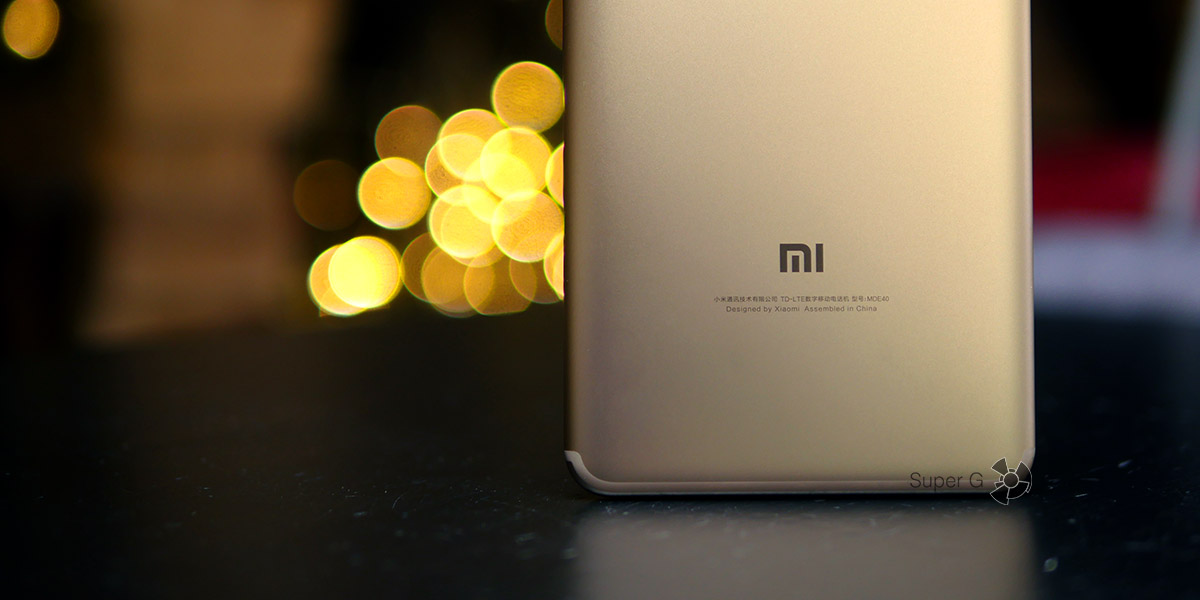
I liked the phablet itself. Upsets only two facts. The first — in comparison with fell productivity. Not much, but still. Secondly, the camera could shoot better. No, she takes quite decent shots, especially HDR and macro. However, I would like the same thing that is in Mi6. Yes, the optics are different, but the sensors are still the same.
In all other respects, this is almost the best offer in its category. You need a device with a large high-quality screen, stable system and for inexpensive? Buy Xiaomi Mi Max 2 and forget.
Return cashbackToday, the Mi Max 2 smartphone, which replaced the original Mi Max, debuted in China. The novelty received an updated design, similar characteristics and a very controversial processor. We offer a comparison of the key parameters of these two smartphones, for a better understanding of what Xiaomi showed us today.
Comparison of the characteristics of Mi Max and Mi Max 2
| Mi Max | Mi Max 2 | |
| Display | 6.44 inches Full HD | 6.44 inches Full HD |
| CPU | Snapdragon 650 | Snapdragon 625 |
| Graphic arts | Adreno 510 | Adreno 506 |
| RAM | 2/3/4 GB | 4 GB |
| Storage device | 16/32/64/128 GB | 64/128 GB |
| Front-camera | 5 MP, f/2.0 | 5 MP, f/2.0, 85° |
| Main camera | 16 MP, f/2.0 | 12 MP, Sony IMX386, f/2.2 |
| Battery | 4850 mAh | 5300 mAh |
| Dimensions | 173.1×88.3×7.5mm | 174.1×88.7×7.6mm |
| The weight | 203 grams | 211 grams |
| Operating system | MIUI 8 Android | MIUI 8.2 Android |
| Charging port | micro USB | USB Type-C |
What has changed in Mi Max 2 compared to Mi Max
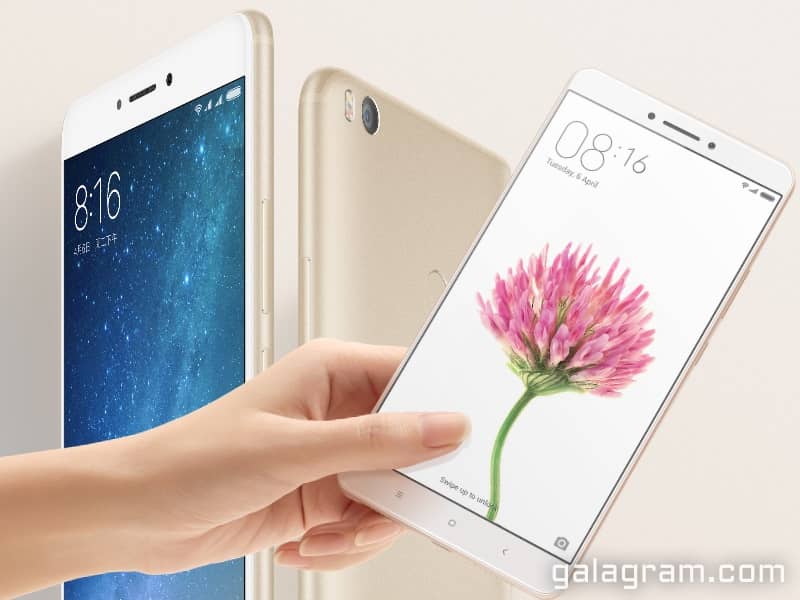
The first and most important thing is the battery capacity: now the smartphone has 5300 mAh battery vs 4850 mAh in a first generation phone. New fast charging Qualcomm Quick Charge 3.0, 9V/2A. Also, the usual micro USB port on the bottom of the case has turned into a fast and versatile USB Type-C. At the same time, the 3.5 mm audio output and the infrared port in Mi Max 2 have been preserved and remained in their original places.
The hull itself has also undergone minor changes. Now it has more rounded edges, as well as a U-shaped antenna on back cover, like the iPhone 7. All body measurements, along with the weight of the phone, have become slightly larger: 174.1 × 88.7 × 7.6 mm and 211 grams. The display diagonal remained the same - 6.44 inches with Full HD resolution and 342 ppi. But the black frames around the screen have become narrower: now their thickness is only 0.7 mm.
Is the processor getting worse?

And now the most interesting - the filling. Xiaomi equips Mi Max 2 with a chip Snapdragon 625 from Qualcomm. This is a good processor, which is already used in Redmi Note 4X today, but many fans were waiting for the recently announced Snapdragon 660 SoC. Alas, Xiaomi introduced only two phone configurations that differ in memory: 4 GB of RAM and 64/128 GB of flash memory the processor is installed in both SD 625 configurations.
The original Mi Max came with Qualcomm processor Snapdragon 652 with four Cortex A72 cores 1.8 GHz and four Cortex A53 cores 1.4 GHz. On the face of a slight downgrade, about the same thing happened with the processor in Redmi Note 4X (SD625) compared to Redmi Note 3 Pro (SD650) this year.
Other changes
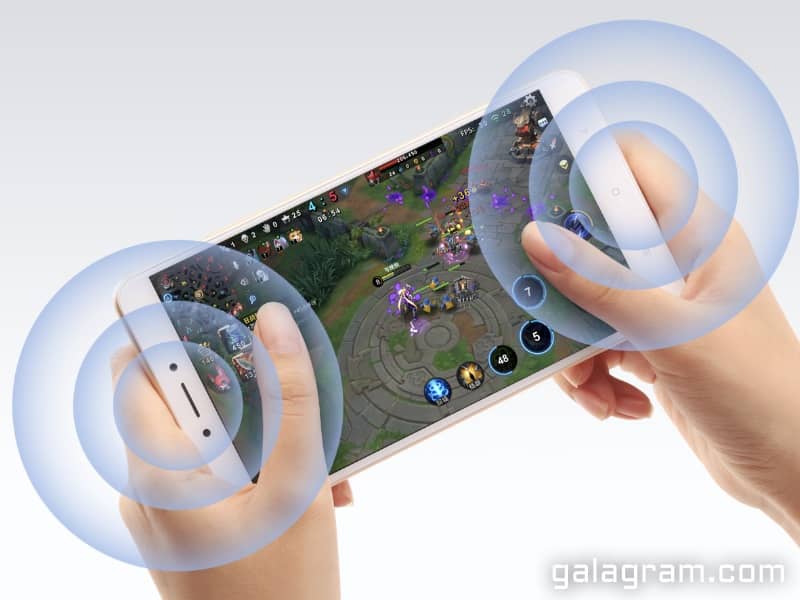
On the positive side, the Mi Max 2 is now equipped with front-facing stereo speakers that will take your gaming and video viewing experience to the next level. Another novelty received a very cool main camera, the model is called Sony IMX386 at 12 megapixels with large light-sensitive pixels at 1.25 microns. The same camera is installed today in Xiaomi Mi6. The flash has also received a slight change, now it is located to the left of the camera eye, and not to the right as in the original Mi Max 2016 release.
For now, there will be one case color on sale - golden, with a light front face. For comparison, last year the company released three colors - gold, gray and silver. It will be possible to purchase two versions of Mi Max 2: 4 GB of RAM and 64 GB of flash memory, or 4 GB of RAM and 128 GB of memory. Models for 2/3 GB of RAM and 16/32 GB of flash are not yet provided.

